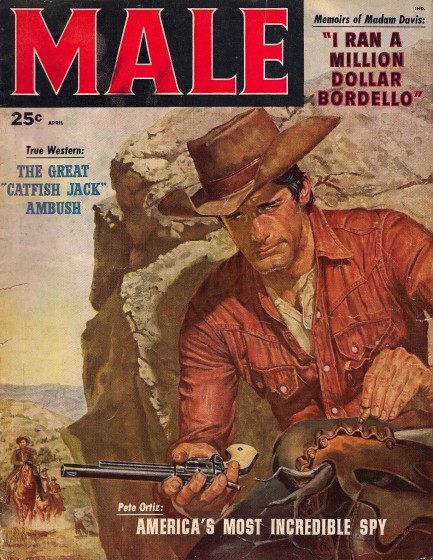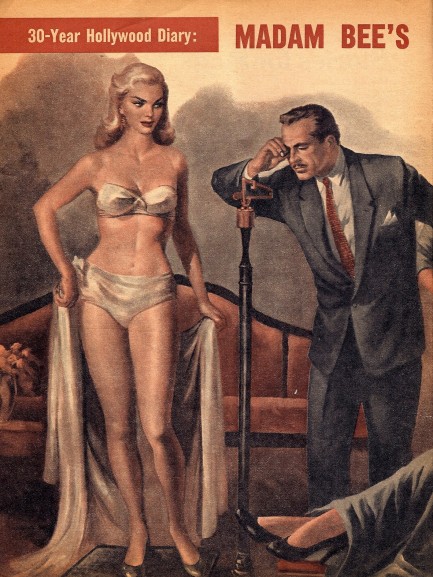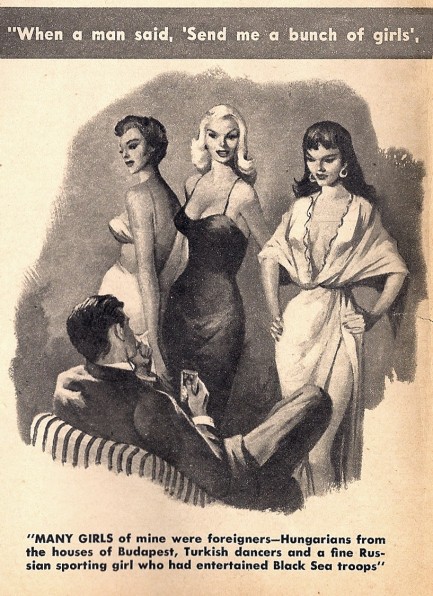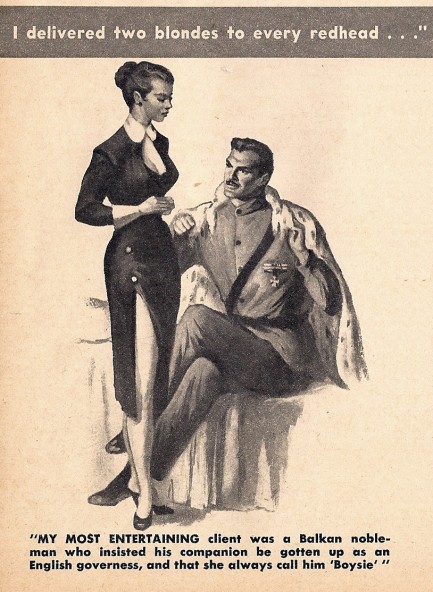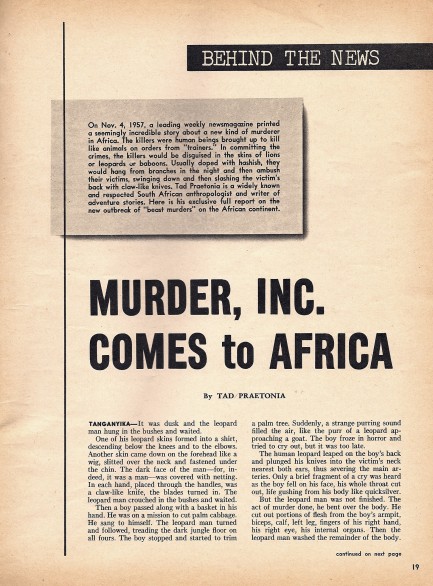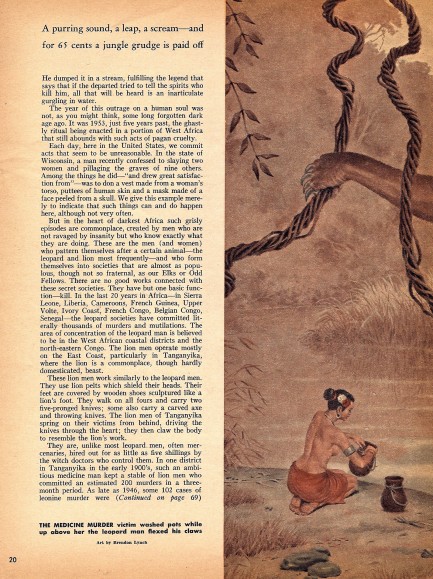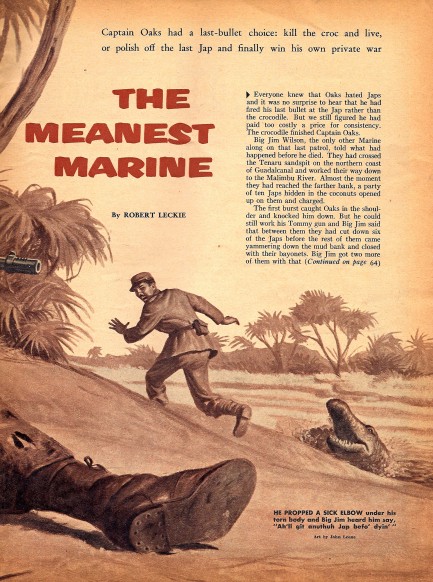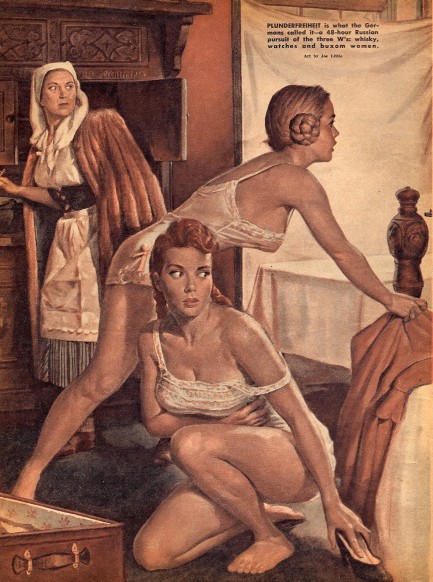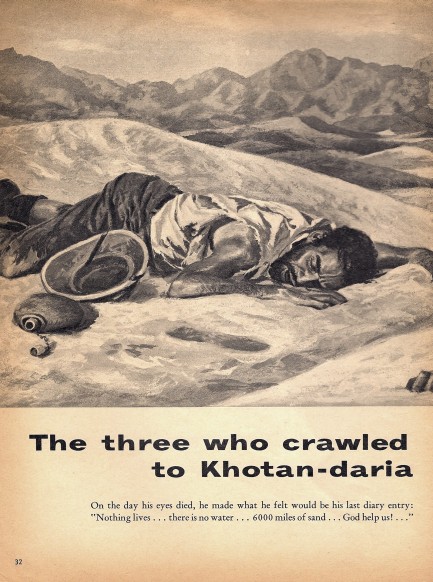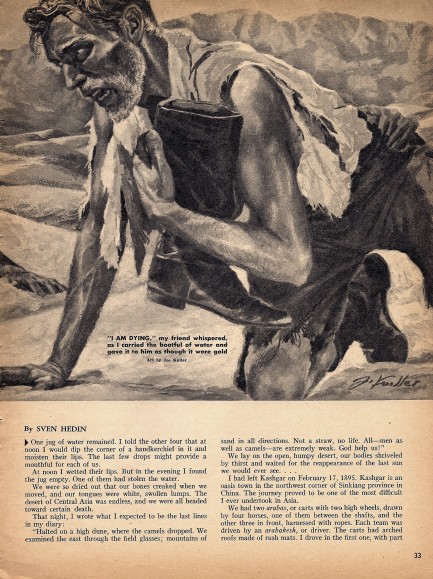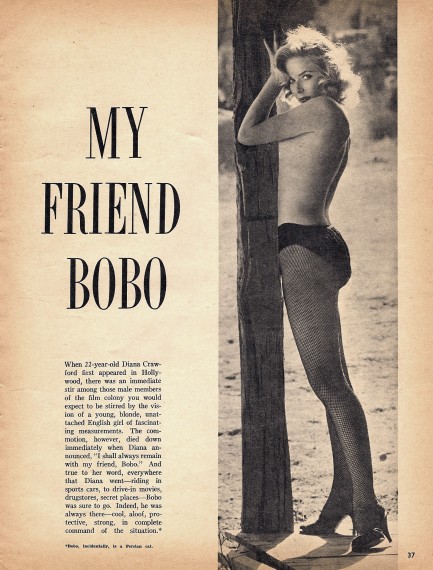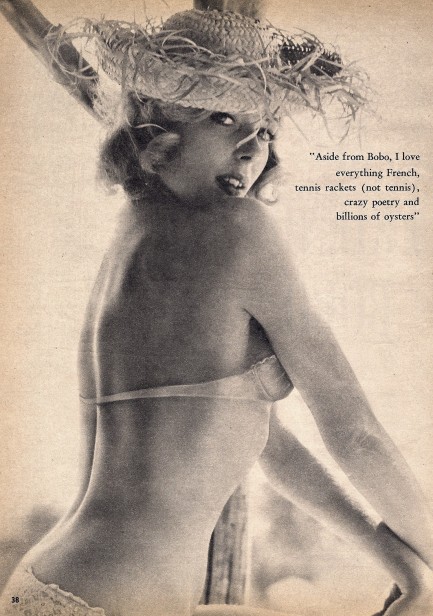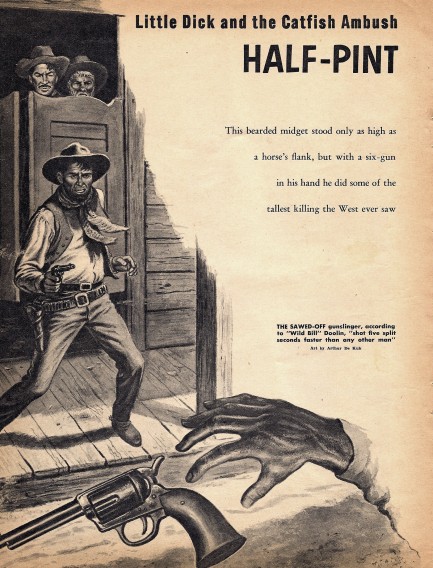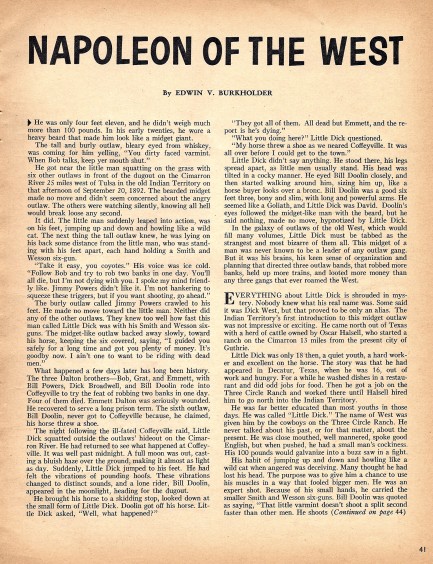 In mid-century action magazines trouble always has a woman at its center. 
Adventure for Men is new magazine for us, part of a group a friend couriered over from the U.S. last year. The art in this April 1968 issue is uncredited in the masthead, but two spreads are signed by Howell Dodd. The stories range from tales of wild 1890s San Francisco to uncharted Madagascar to your nearby nudist camp. And of course, par for the course for such publications, all the adventures seem to revolve around women, which makes them miss-adventures, so to speak. But we'll admit we haven't read all of the magazine yet. The piece “Sex Mistakes Most People Make!” for example. We figured we're better off not knowing. But we did read the story on the sex camps of the Red Chinese. In times of stress people will believe anything, and there was no greater time of stress than the Cold War, a period during which most people feared they were seconds away from nuclear incineration. We're all still potentially seconds away from nuclear incineration, but back then those fears were openly exploited for political gain and monetary profit by con artists as diverse as the U.S. government and the New York City tabloid industry. Adventure for Men joins in the fun with its China sex camps tale.
During the 1960s, when Chinese were already suffering from both famine and widespread state violence, many were sent to prison camps to work and be re-educated. Conditions were generally awful, and often life threatening. Inmates were cold, underfed, besieged by vermin, and physically abused. As terrible as all that is, it still isn't enough for Adventure for Men, as journalist Alexander Ford takes the harrowing story of Chinese dissident Kuo Chung-hsaio and his wife and inflates it into sleaze fiction. Oh yeah. Political imprisonment can be erotic. All Reds are perverts. But the “sex camps” trumpeted on Adventure for Men's cover refers not to any state sanctioned sexual abuse. That accusation is never made. No—it refers to a specific voyeuristic prison official. This official would not let Chung-hsaio see his wife unless the couple had sex while he was in the room watching. Chung-hsaio describes through Ford how humiliating and horrible the experience was, though he neglects to explain how he and his wife were even able to sexually function with their tormentor staring from the corner. Naturally, in the end it's the official's deviancy that creates the opportunity for the couple's daring escape. Do we buy this titillating tale of how a jailer got his rocks off, let his guard down, and ended up permanently cooled by Chung-hsaio's righteous hand? Not even a little bit. It's right from Hollywood's b-movie playbook—smash cut and they're out. But we'll admit that for short form sleaze it's actually pretty good. Scans below. 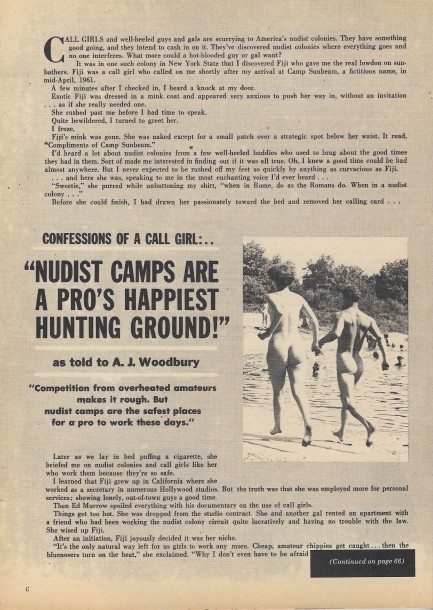 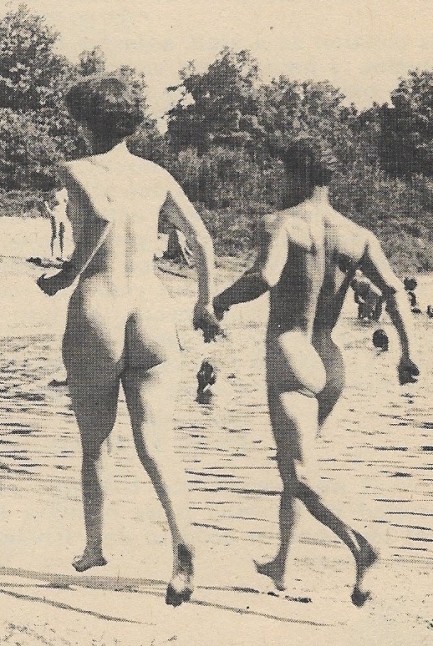 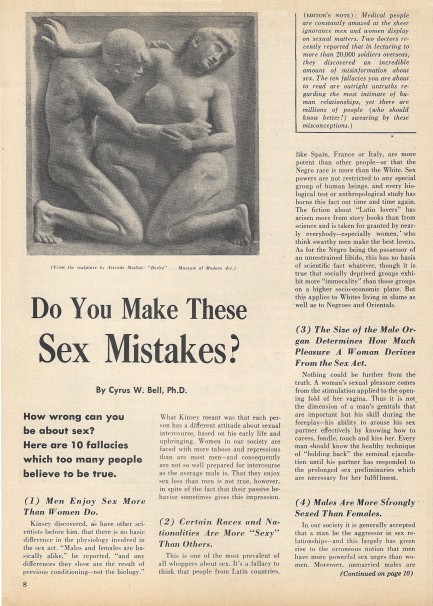 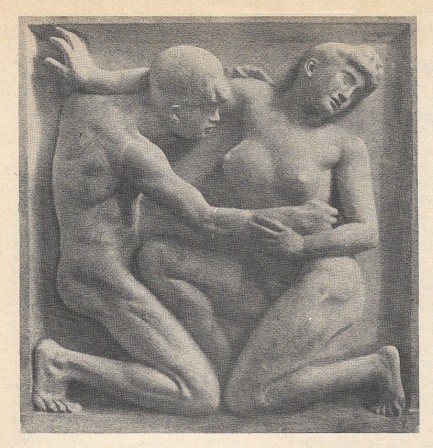 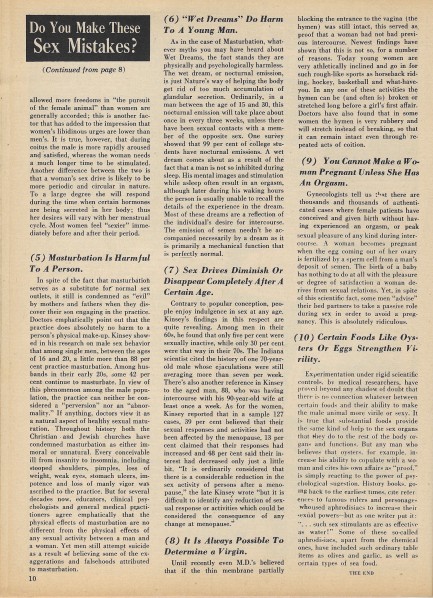  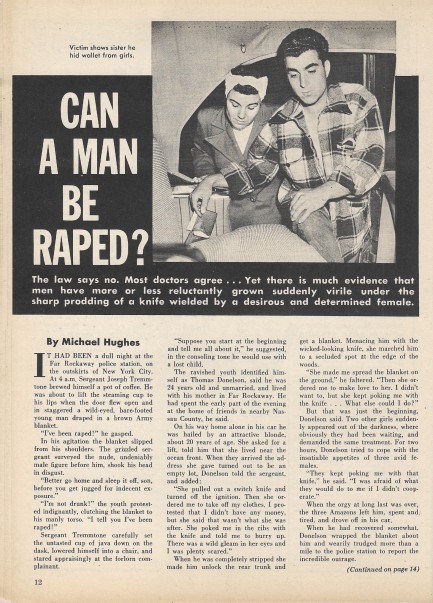 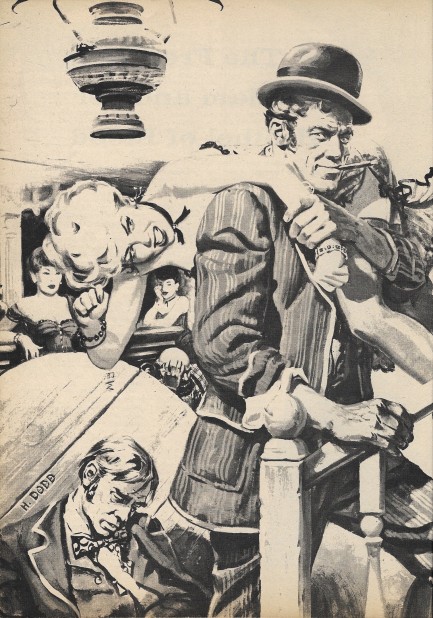 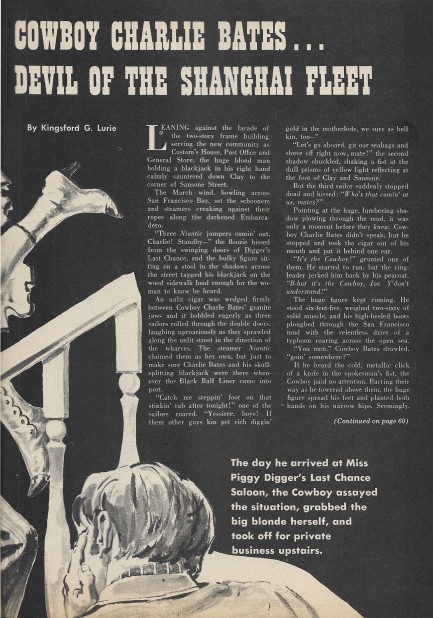 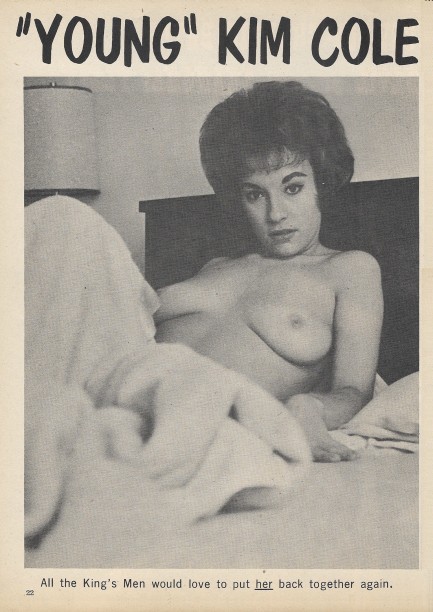  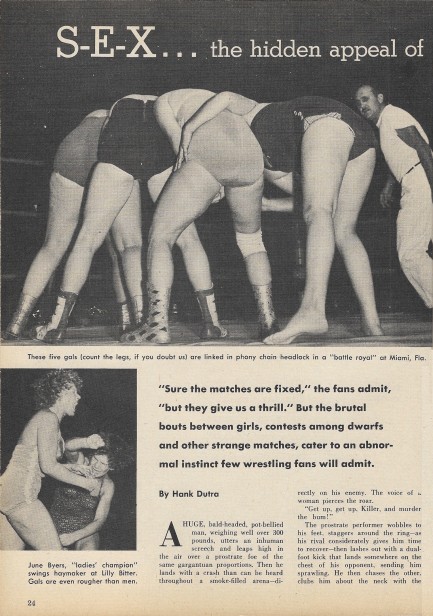 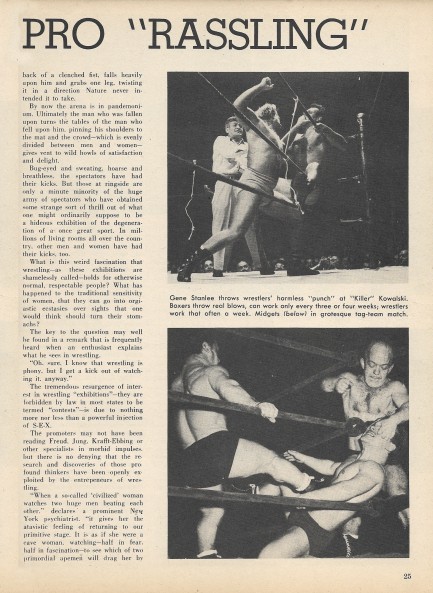 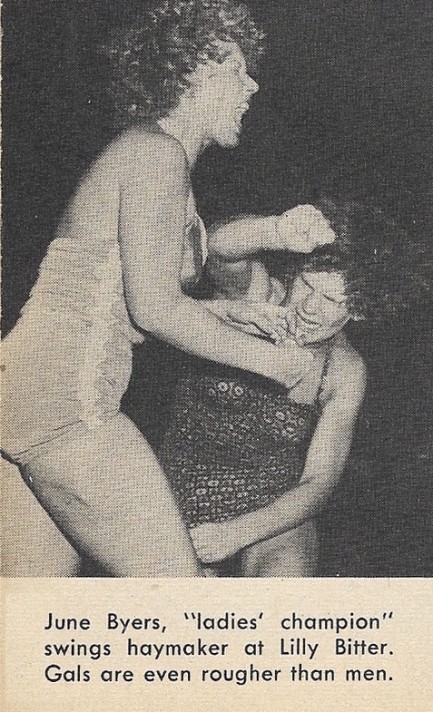 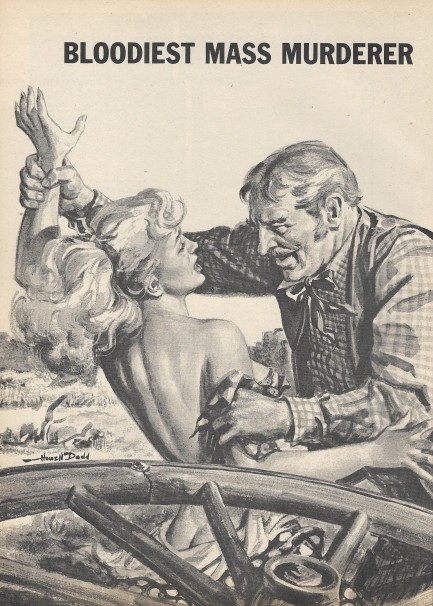 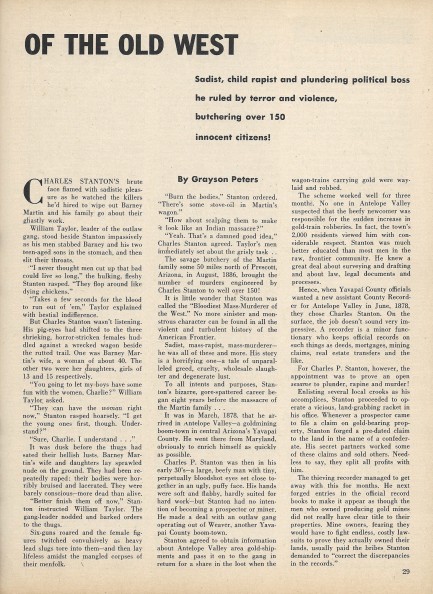 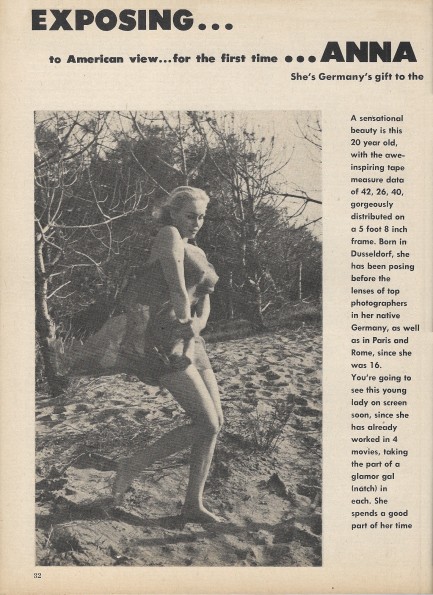 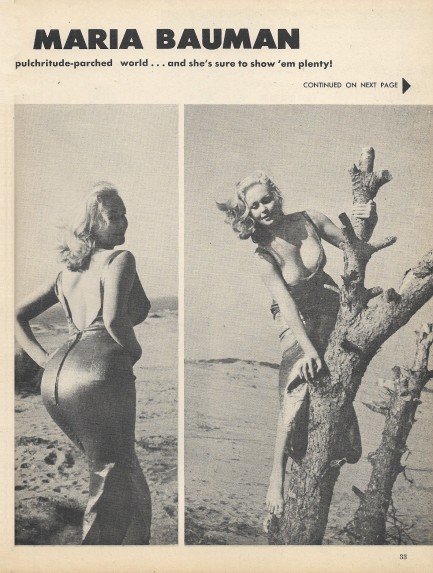 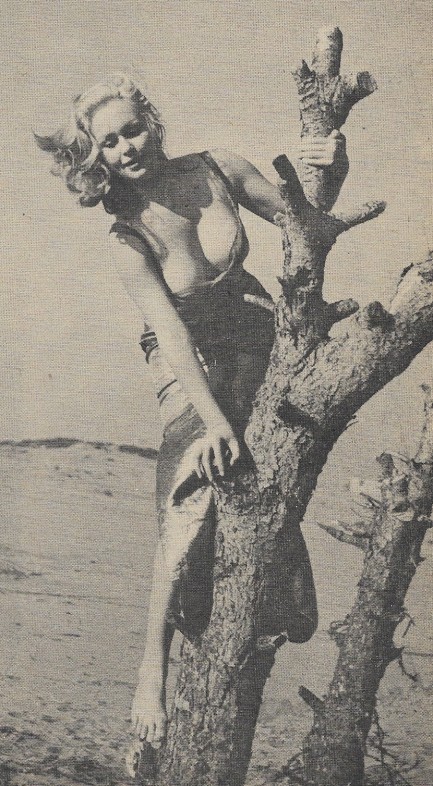 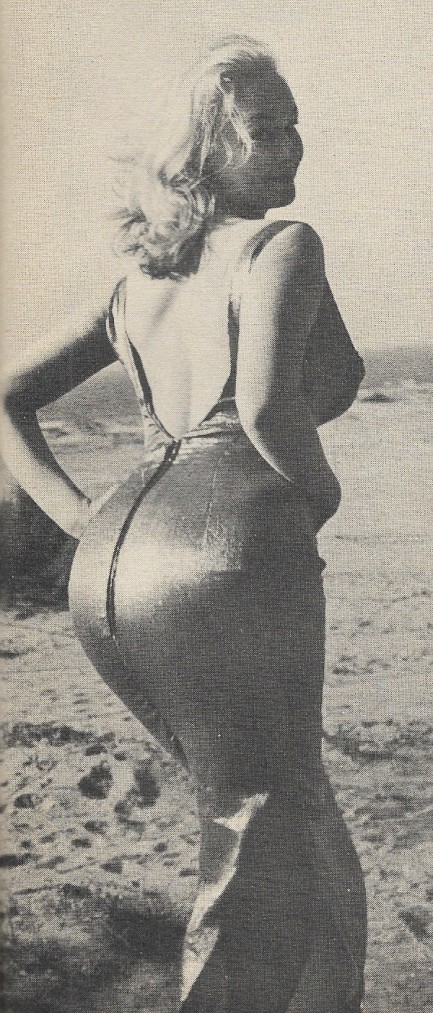 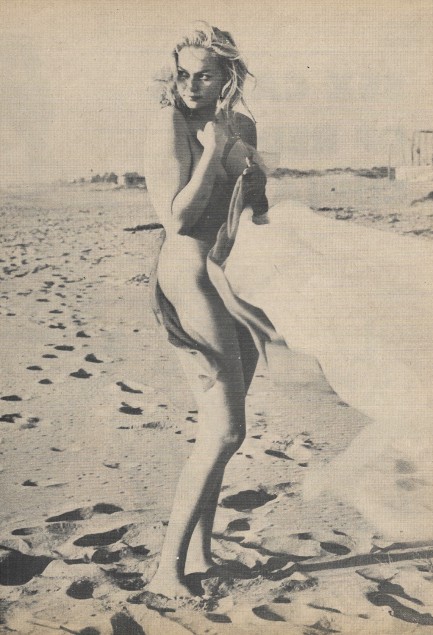 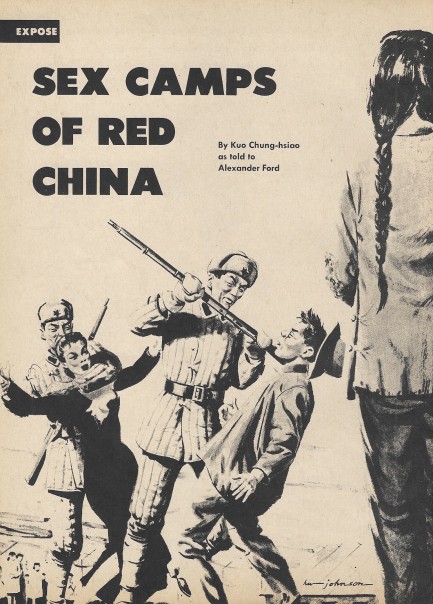 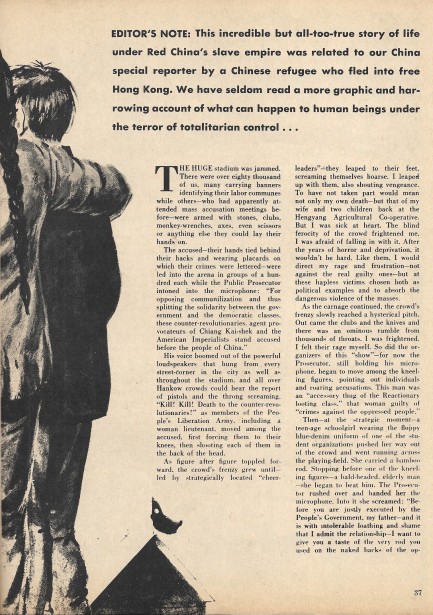 
 That was interesting. Next time can we just do it the normal way? 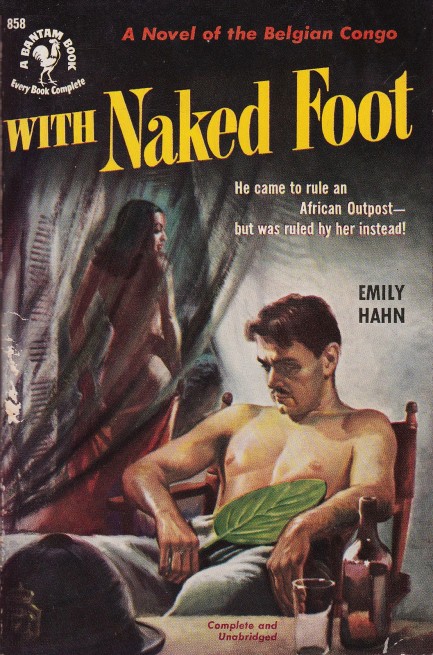
There's no festish sex or podophilia in With Naked Foot. This is actually a serious novel about whites coming to ruin in Africa, which is a crowded literary niche, but one in which Emily Hahn carved out an important place for herself. In fact, maybe the adjective “Hahnesque” should be used alongside “Hemingwayesque.” This is a person who wrote fifty-four books and more than two hundred articles and short stories, whose works were significant in romanticizing Africa and Asia for western readers, who lived in Florence and London in the mid-1920s, traveled to the Belgian Congo where she worked for the Red Cross, lived with a pygmy tribe for two years, crossed Central Africa alone on foot, and journeyed to Shanghai where she taught English for three years while becoming acquaintances with political powerhouses the Soong Sisters and the Chinese poet Zau Sinmay. With Naked Foot is, therefore, unusually well informed. It revolves around a beautiful Congolese girl named Mawa whose relationships with various lustful white men bring disaster. The reviews were rapturous, though some critics protested that it was too focused on sex. That's never a complaint you'll hear from us, though some of the usual flaws of mid-century racial fiction are evident. The cover art on this Bantam paperback was painted by an unknown, and the copyright is 1951.
 Post-noir classic's reputation keeps soaring even as its director's keeps falling. 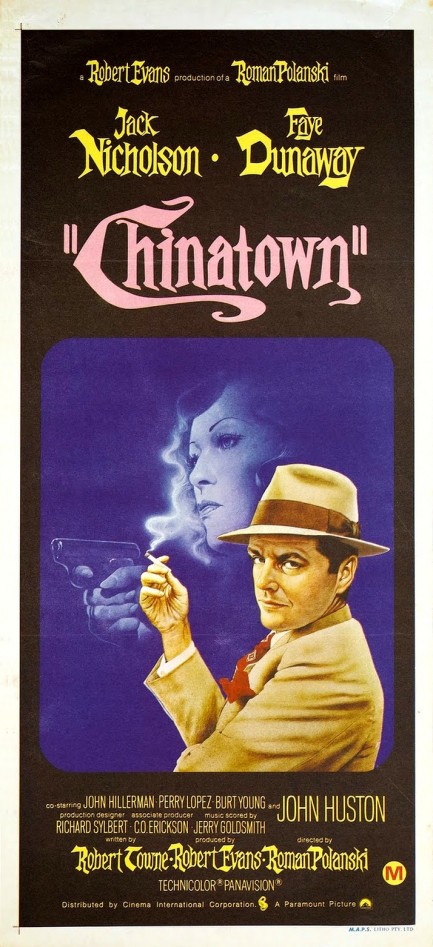
Nearly ten years into this website we've mentioned Chinatown only once—when we wrote a few lines while sharing two Japanese promo posters. The above poster was made for the film's Australian run, which began today in 1975. The film has been discussed everywhere, which means we can't add much, so let's just call it an all-time masterpiece, and one of the most watchable and re-watchable movies ever made, filled with details you notice over time. For example, it didn't strike us until after a few viewings that Jack Nicholson does his own stunt in that culvert scene, the one where the water rushes down the sluiceway and pins him against a chain link fence. You wouldn't see many modern day stars get wet and cold for a moment that lasts five seconds onscreen. We also failed to notice the first few times that the police lieutenant, Escobar, is Mexican-American. It just didn't strike us. But he would have been an extreme rarity in the 1937 L.A. of the film, and the writing and/or casting choice there was certainly deliberate. Other details continue to emerge, and we've seen the movie five or six times.
As far as director Roman Polanski goes, we've talked about him before. But we'll add that art stands on its own, and people stand on their own too. Having created superior art should not absolve someone of crimes; having committed crimes should not serve to denigrate superior art. That's just our opinion. Plus, a director isn't the only one responsible for a film. The hundreds of others involved, including the select group pictured below, and especially the unpictured screenwriter Robert Towne—who is just as responsible for Chinatown as Polanski and won an Oscar for his screenplay—deserve credit. We will always criticize art for being inaccurate when it pretends to be truthful, or for promulgating false or harmful beliefs. Chinatown doesn't do that. Quite the opposite—it offers sharp insights into how and why Los Angeles became what it is. Meanwhile its subplot somewhat foreshadows Polanski's own crime, which makes the film ironic in the extreme. If you haven't seen it you simply must. 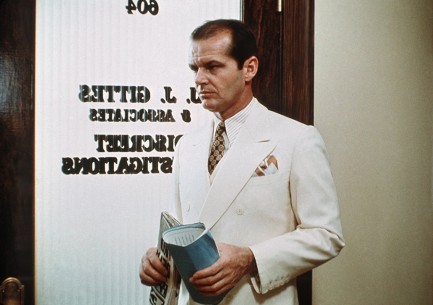 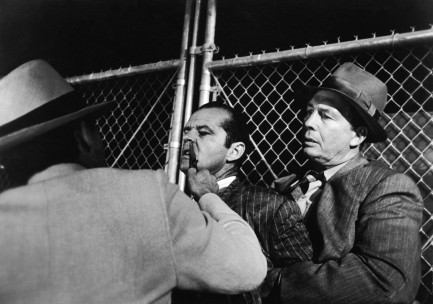   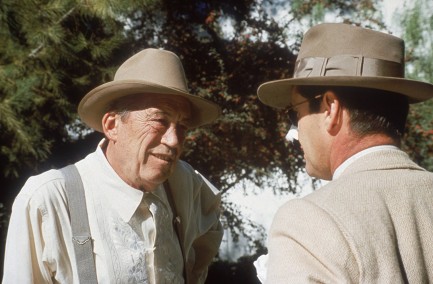 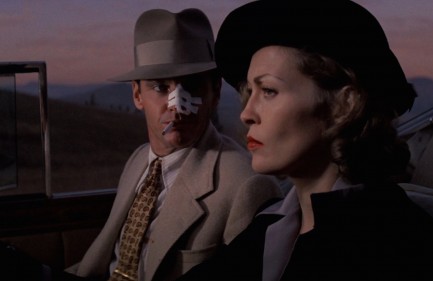  
 Don't worry, dude. I got your back. 
The BBC has an interesting report today about a man who has an elaborate full-back tattoo that, though it's attached to his body, he's sold to an art collector. Yeah, that's one's hard to wrap your head around. Let's put in another way. The man, Tim Steiner, earned $161,000 from German art collector Rik Reinking for rights to the piece. As part of the deal Steiner is required to sit shirtless in a gallery three times a year as a piece of living art, which isn't a bad way to make extra cash, we suppose. Especially when some of the exhibitions have occurred at the Louvre in Paris, Civita di Bagnoregio in Rome, the Art Farm in Beijing, and the Museum of Old and New Art in Hobart, Tasmania. And as befits all good art, the exhibitions will continue even posthumously. After Steiner shuffles off this mortal coil, Reinking takes full ownership of his skin, which will be removed so the tattoo can be framed and displayed. Some people, not surprisingly, have called the unusual arrangement ghoulish, but those people perhaps have no idea how strange modern art can get. Steiner, who sees himself as merely a temporary mounting for the tattoo, is happy, if not exactly eager, to be immortalized on museum walls. He considers tattooing the ultimate art form. “Painting on canvas is one thing,” he says, “painting on skin with needles is a whole other story.” The creator of the piece, Belgian artist Wim Delvoye, would doubtless agree. He's known in inking circles, not only for tattooing humans, but also pigs, whose skins he peddles. So Steiner's sell-off of his own hide isn't really new. The pigs may be getting the better deal, though. They get to root around in mud and slop to their heart's content until they die of old age. Steiner still presumably has to earn a living a somehow. He probably should have had the pigs' lawyer negotiate his agreement. hide isn't really new. The pigs may be getting the better deal, though. They get to root around in mud and slop to their heart's content until they die of old age. Steiner still presumably has to earn a living a somehow. He probably should have had the pigs' lawyer negotiate his agreement.
We like tattoo art, but this skinning business is obviously a practice that's legitimized by social status. Put someone's framed epidermis on your wall at home and you're anything from seriously weird to a psychopath/subject of a murder inquiry; hang it in a gallery and wine swilling upper crusty types call you a collector. But that's sort of an encapsulation of how the entire world works, isn't it? Rob an old lady at a cash machine and you're a thief; take away her pension and you're a politician. Heavy drug usage in the ghetto is a crime wave; heavy drug usage in suburbia is a public health problem. We can do this all day, but we'll move on.
 Yes, I’d like to order a pair of curtains, immediately please. 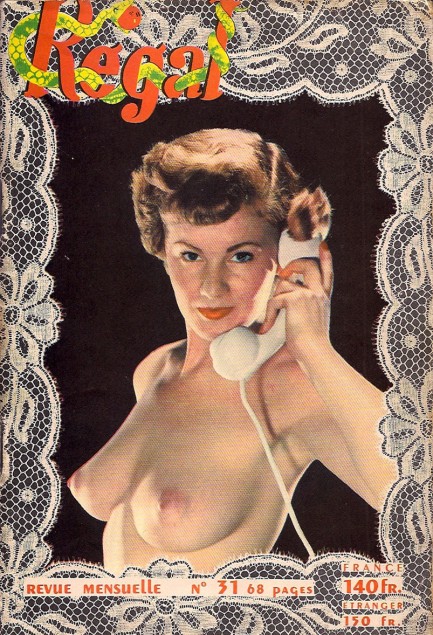
The French had a wide array of nudie—er, we mean, art—magazines during the mid-century period, including Paris-Hollywood and Folies de Paris et de Hollywood, which are the two we’ve focused on up to now. Regal was another popular publication—digest sized, light on text, and put together by Éditions Extentia, an outfit based out of 38 Rue du Monte-Thabor in Paris that also published Sensations, Chi-Chis, Paris-Broadway, and Paris-Tabou. It was a far-flung enterprise, even distributing issues in distant French Indochina via the loftily named Société Franco-Asiatique located in Saigon. Or if one preferred, issues could be obtained direct from France through the use of “envoi discret,” or discreet shipping, by which we expect they mean in a plain brown wrapper. This issue of Regal, with its voyeur themed cover photo suggesting a woman spied through an open window, was published in 1952. We have twenty-five scans below. 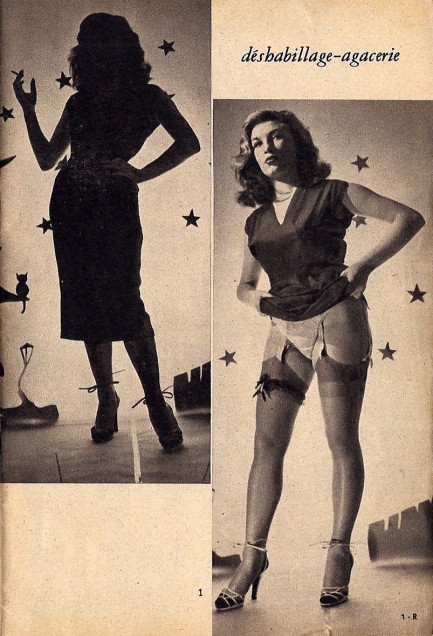 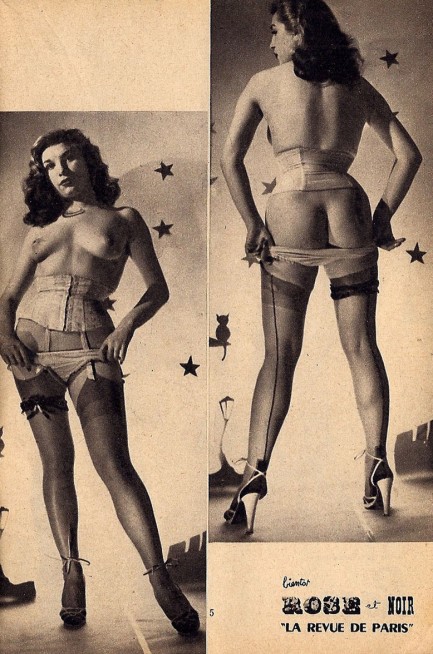 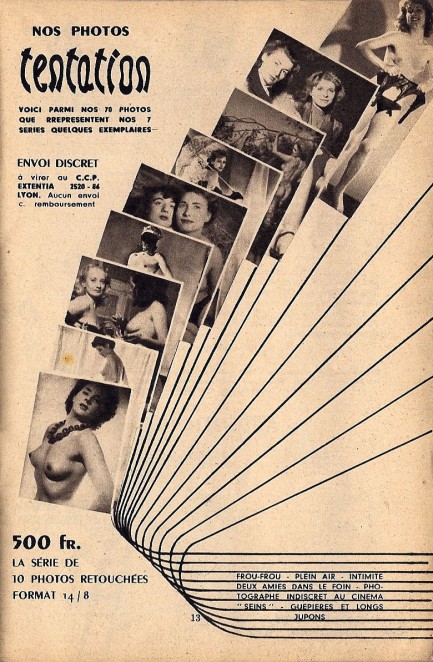 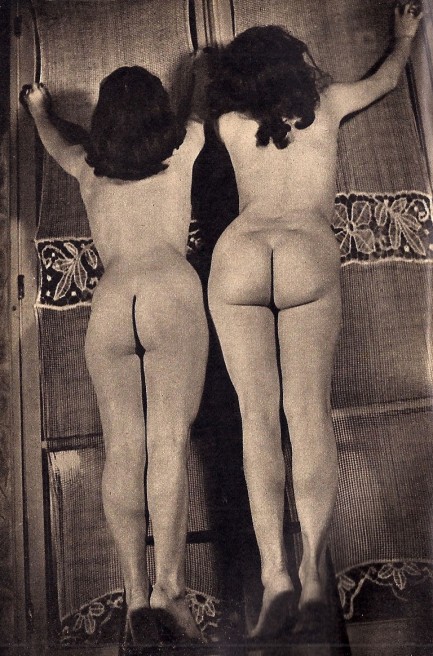  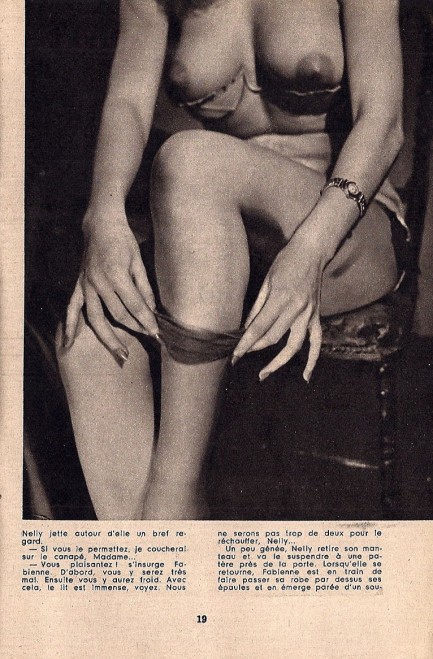 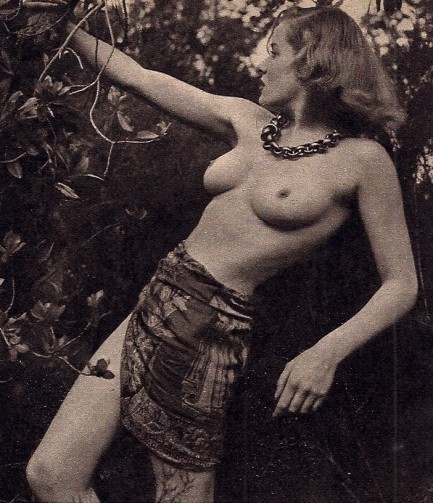 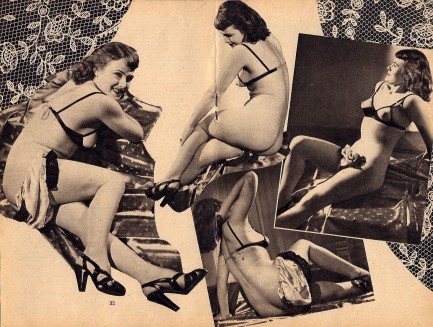 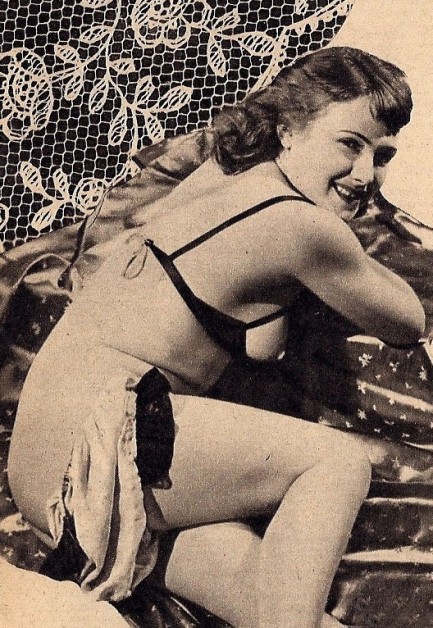 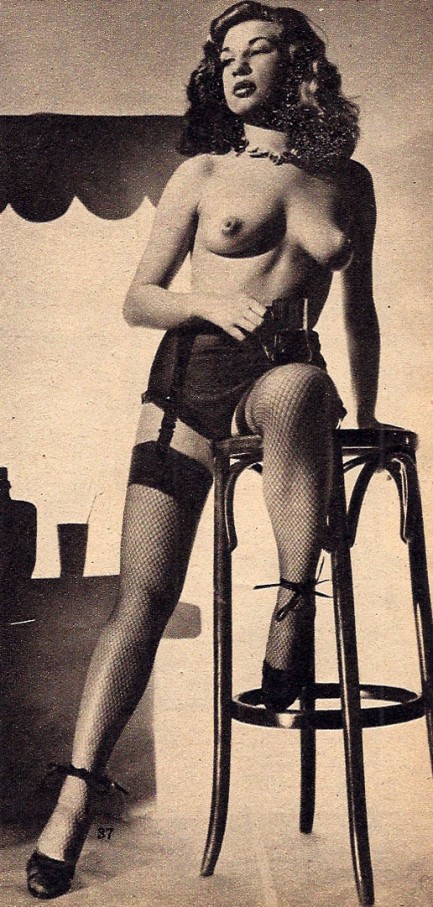 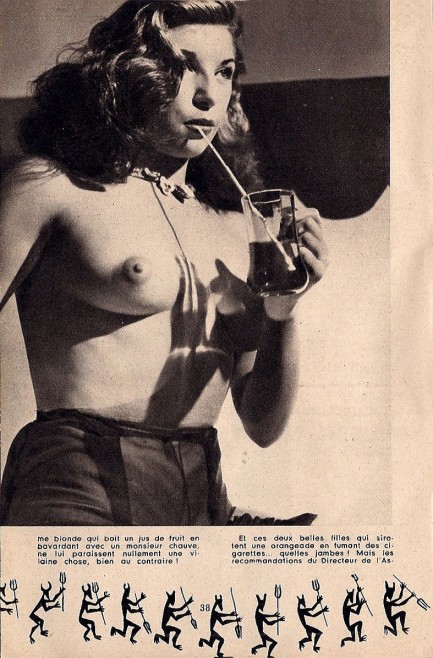 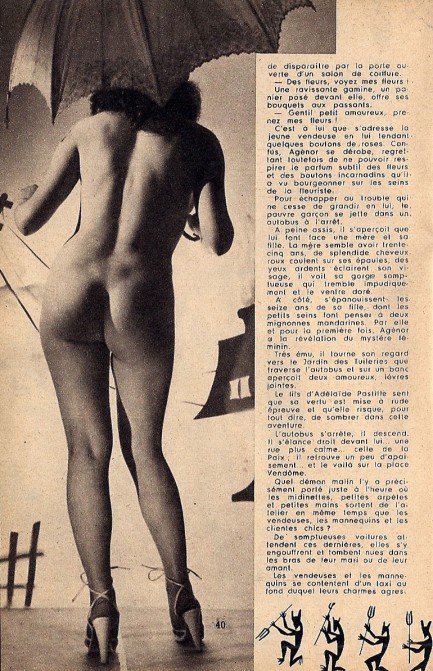 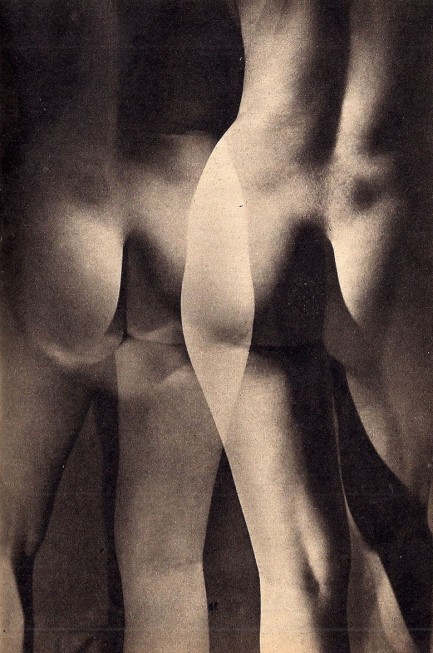   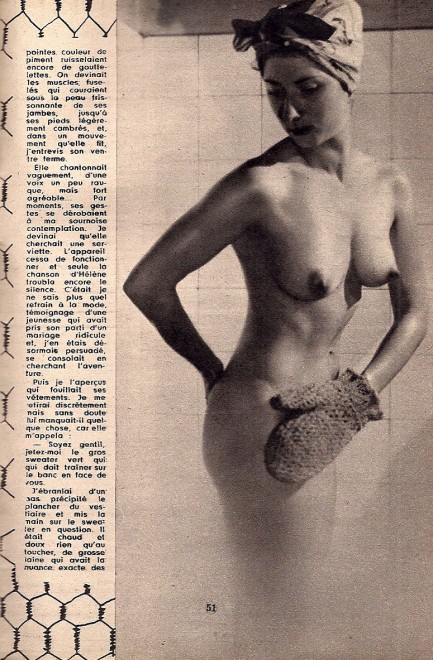  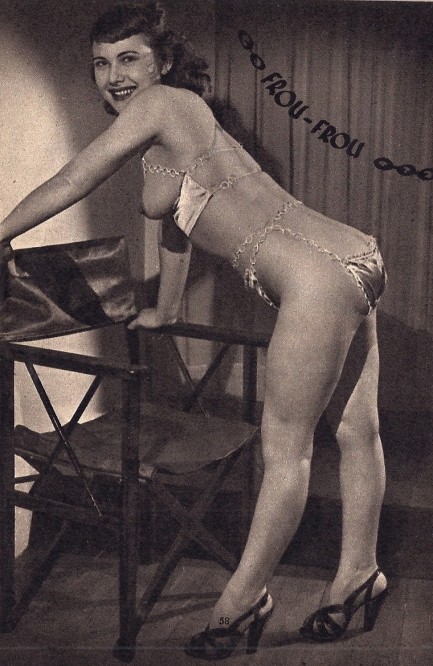  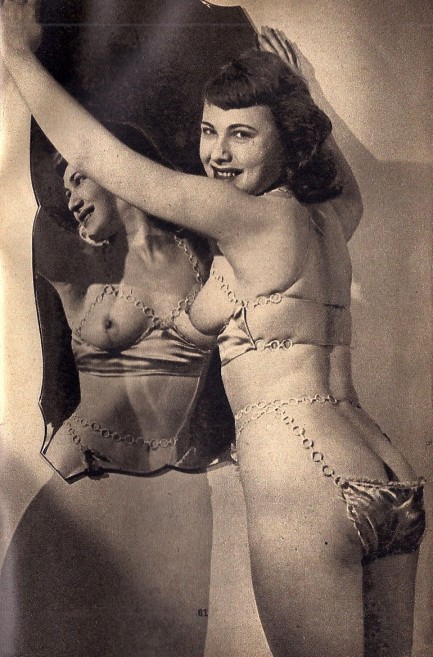 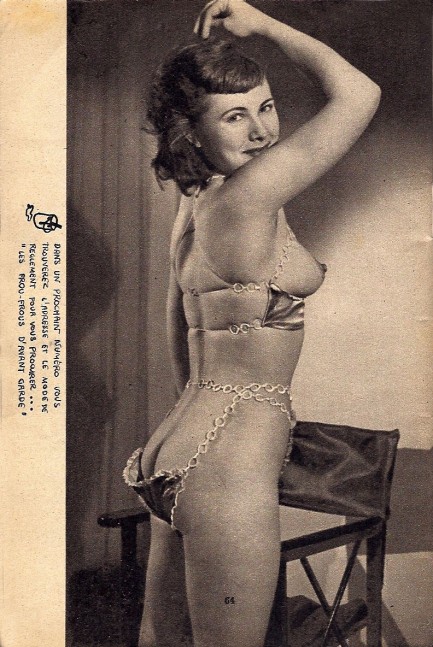 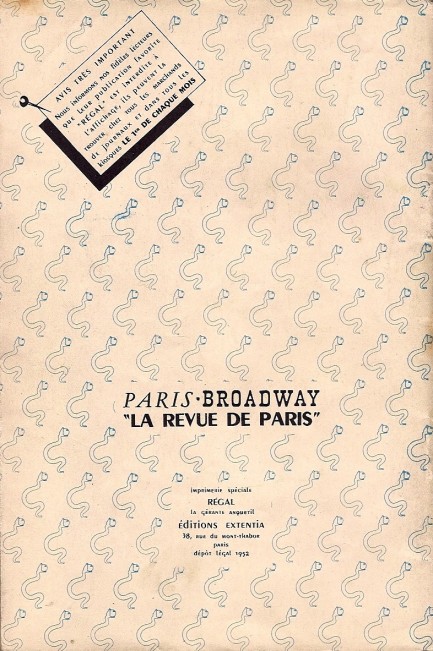
 Being on the Lam doesn't sound so bad after all. 
Chinese actress Lam Fung, aka Patricia Lam Fung, came to international notice by starring, beginning at age sixteen, in the films of Hong Kong's legendary Shaw Brothers. Working with them she became known as the “Jewel of Shaw,” and many of the movies she made until her surprise retirement at age twenty-seven were huge hits, including 1960's Lian ai yu zhen cao (Love and Chastity), and 1961's Yuan yang dao shang ji (The Mandarin Swords). Fung died in 1976 from an overdose of sleeping pills, a sad end often speculated to be suicide. No date on this awesome image, but figure around 1965.
 Chaos and carnage from coast to coast. 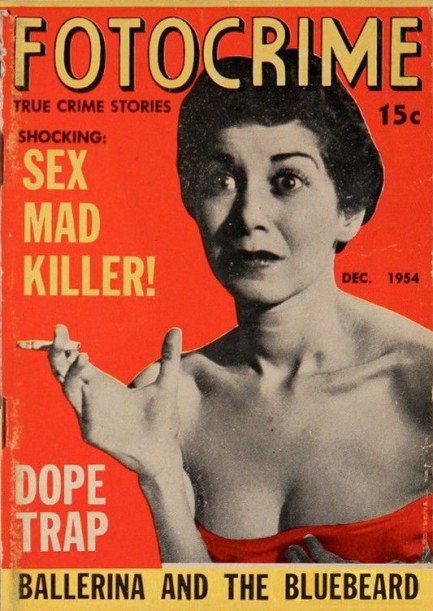
Fotocrime is another offering from Digest Publications, Inc., the NYC outfit that gave the world Exclusive, He, and other newsstand treats. The above magazine appeared this month in 1954, was the premiere issue, and is exactly what its title says—a compendium of crime photography and the stories behind them, spiced with a bit of celebrity content. Because it's digest sized the text scans at a readable size, so we don't have to explain much. You can have a look and see what it's all about yourself. Of special note are the crime movie reviews, the anti-handgun article, and the True Detective-style feature entitled “Fotoclue” that challenges readers to solve a hypothetical murder. Forty scans below. 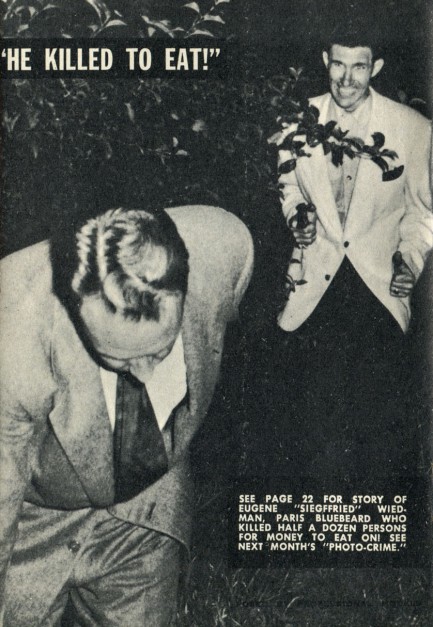 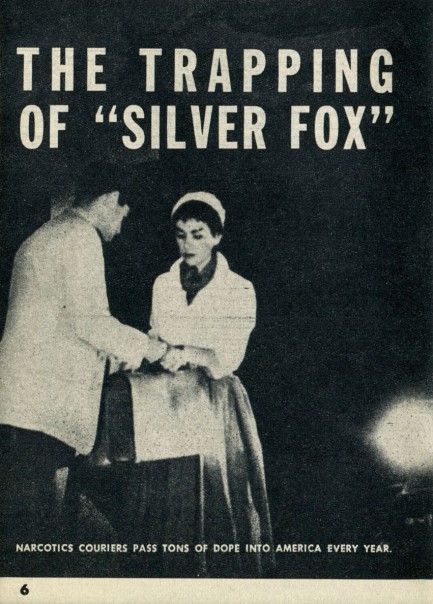 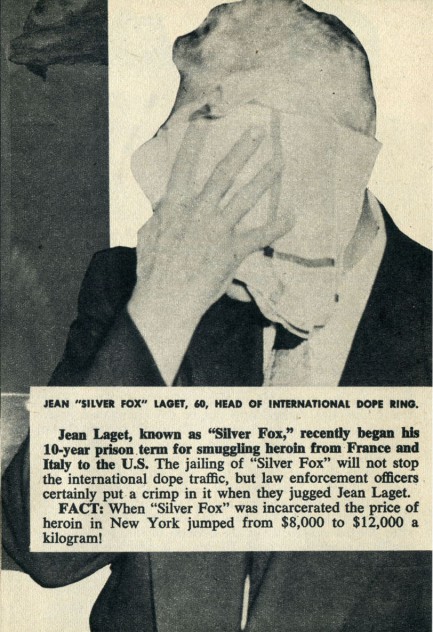 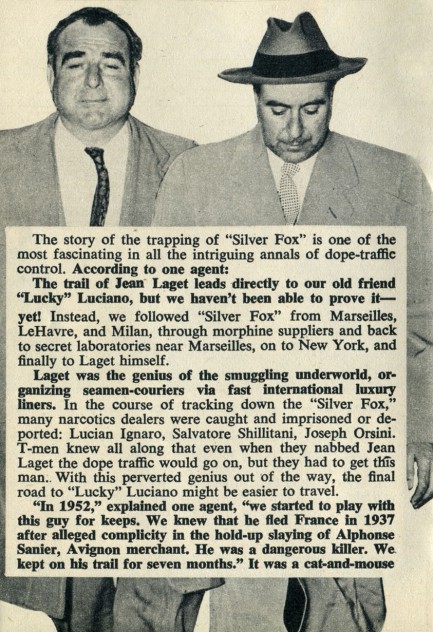 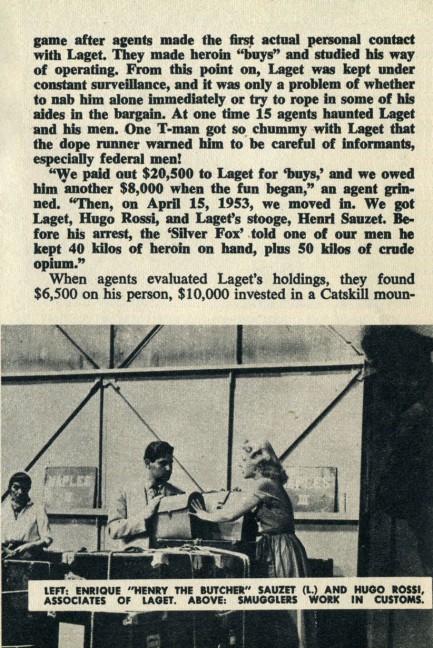 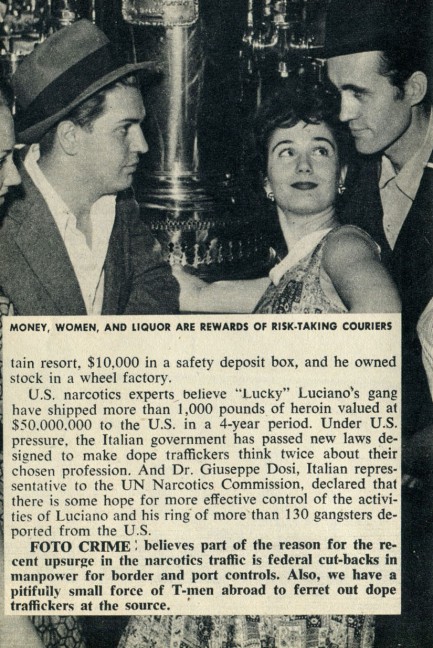 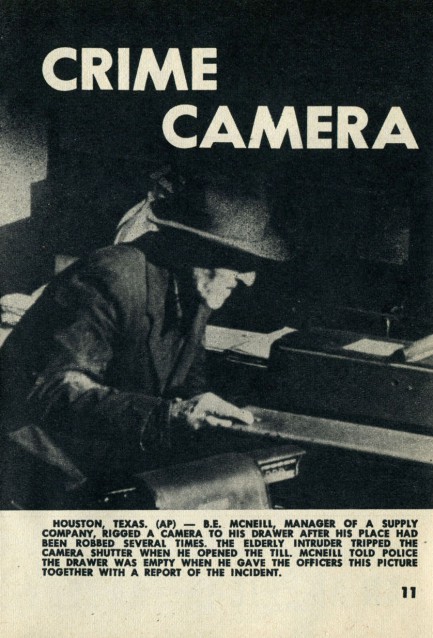  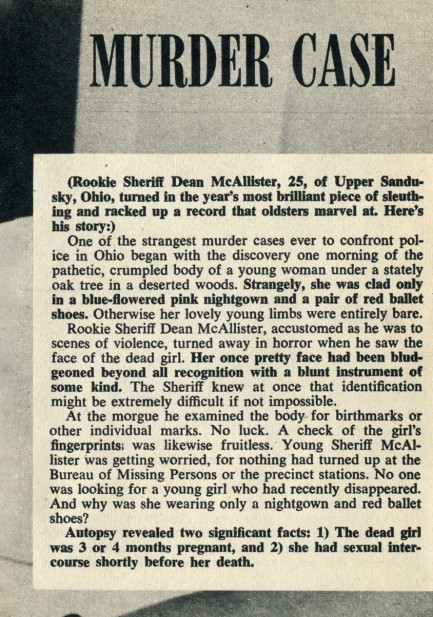  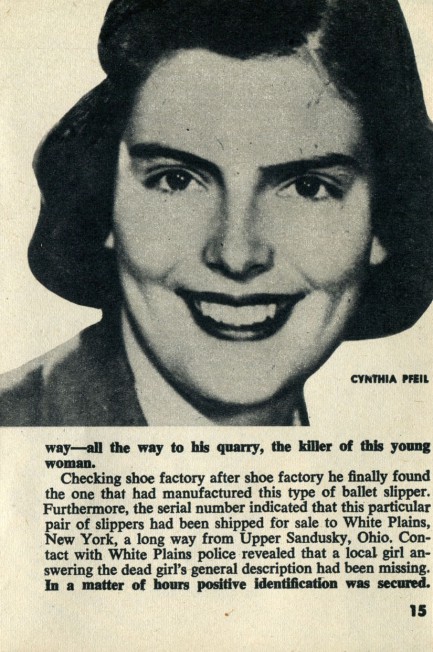 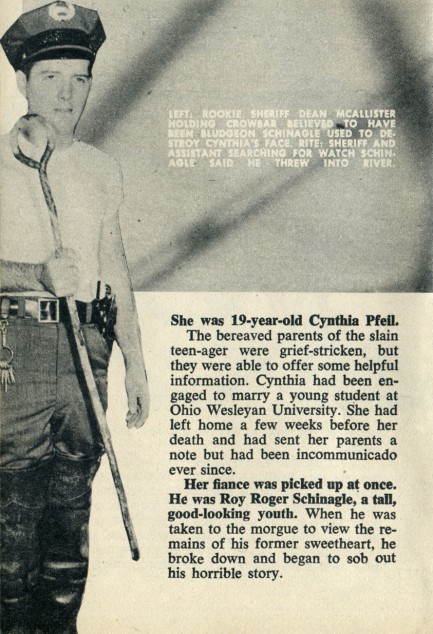  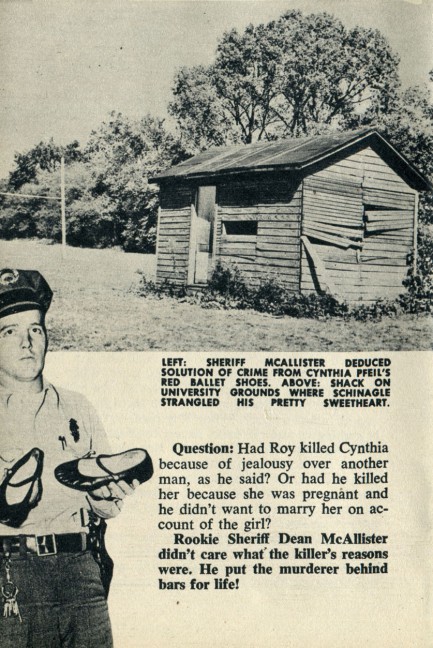 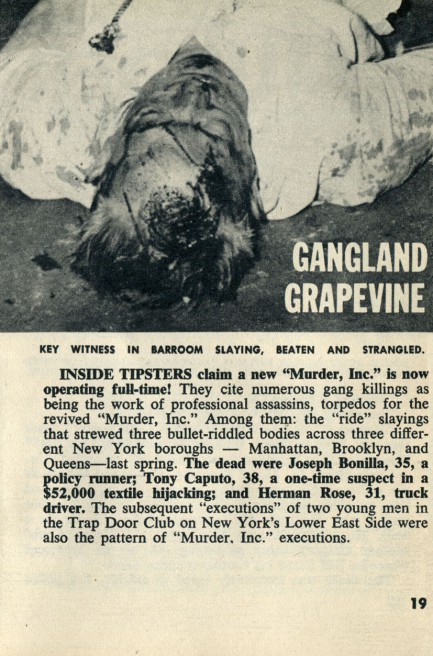 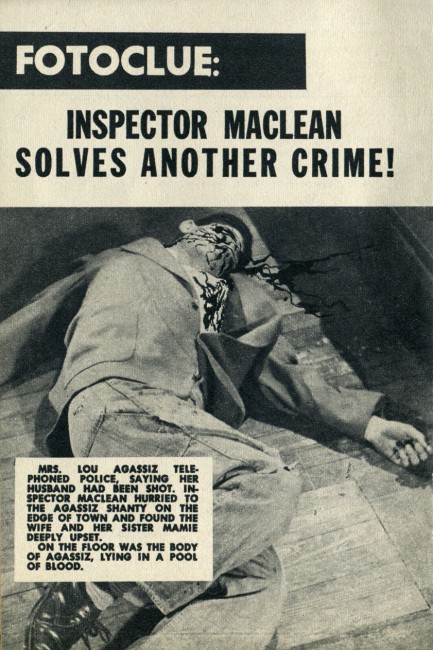 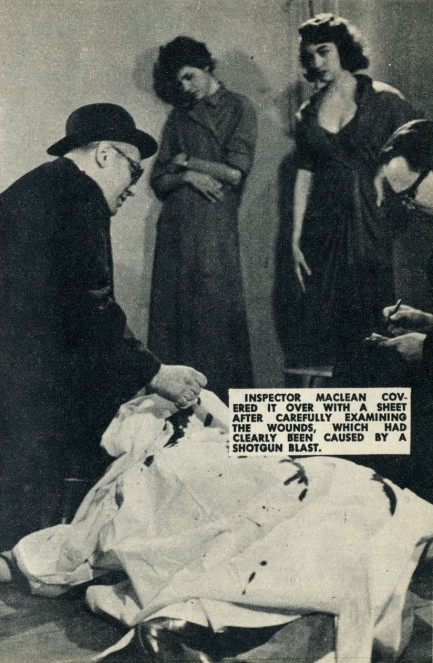 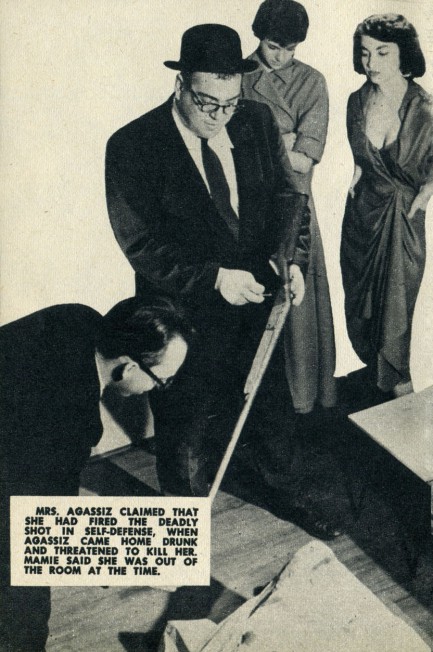 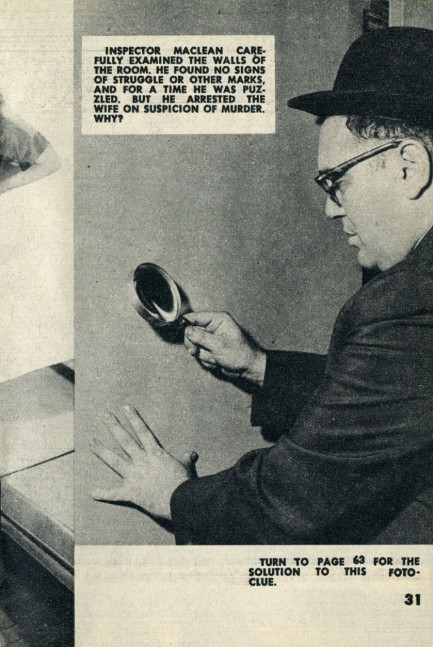 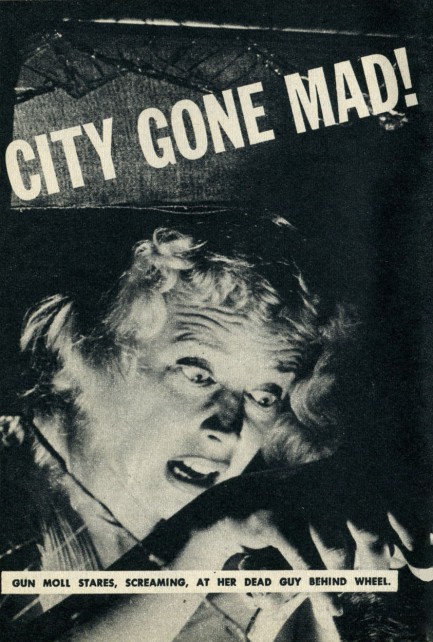 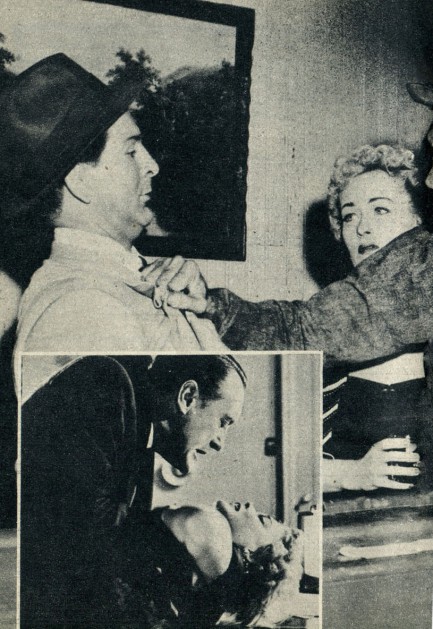 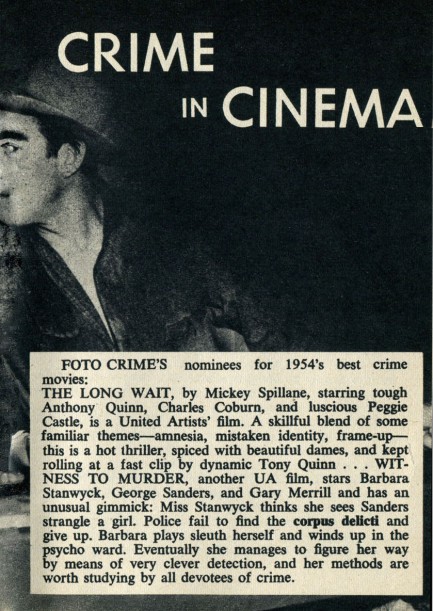 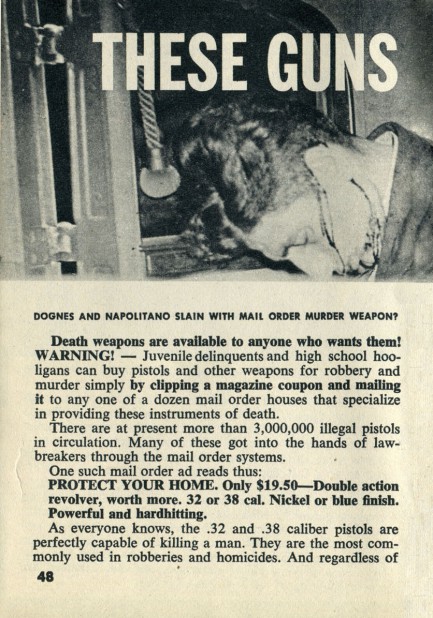  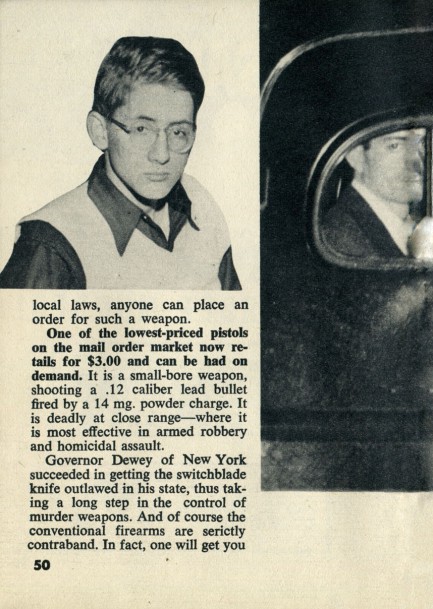 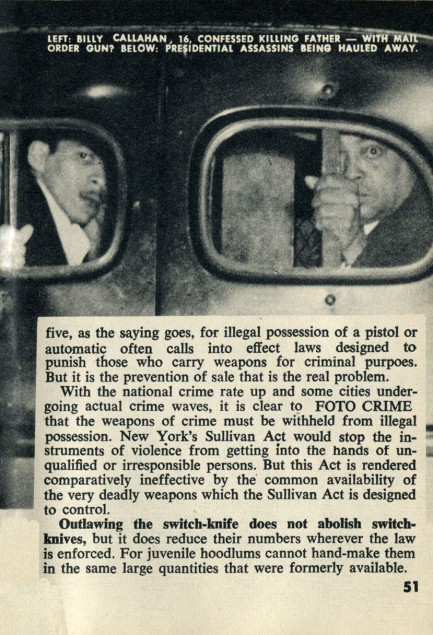 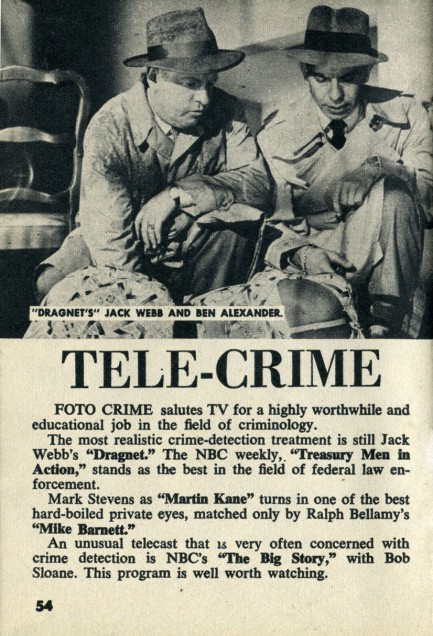 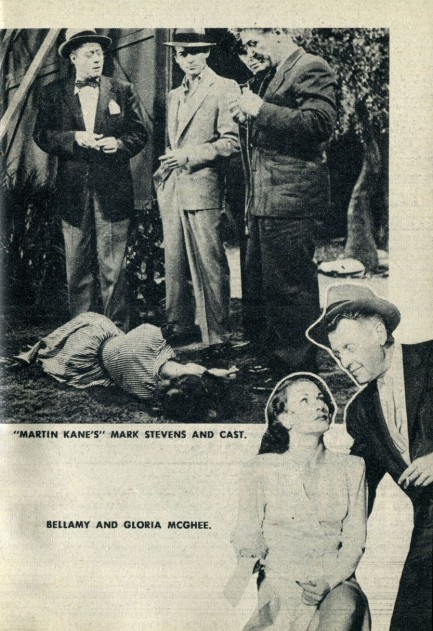 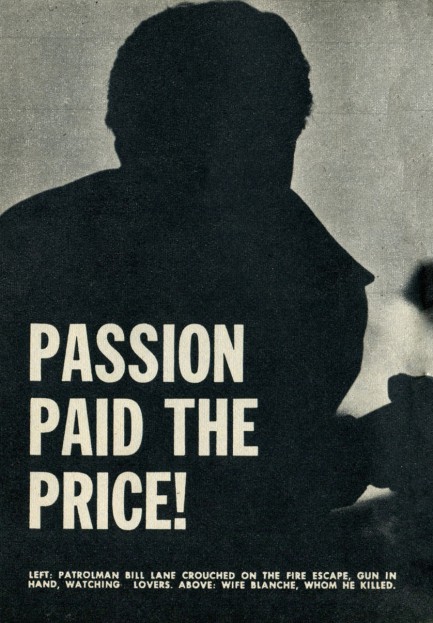 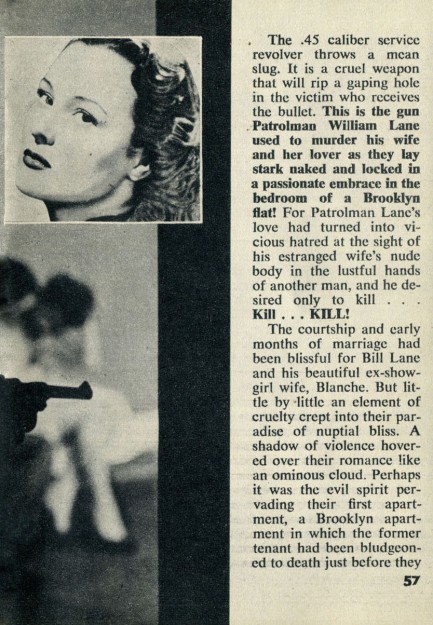 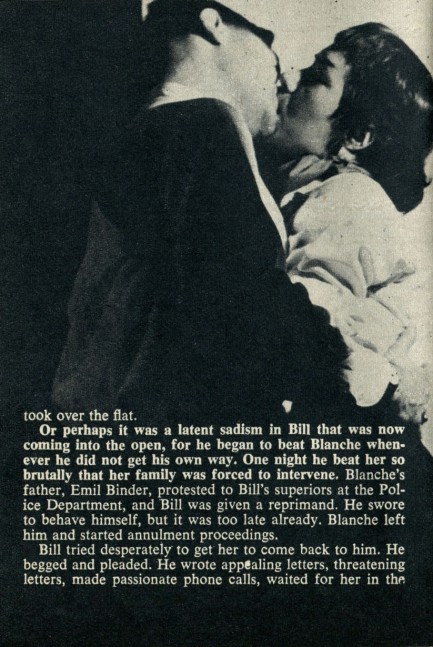 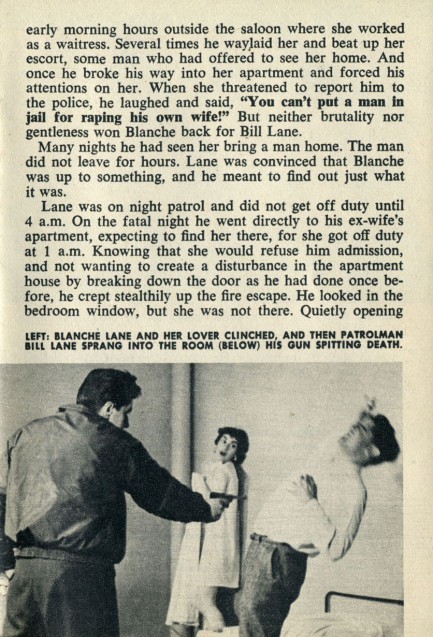 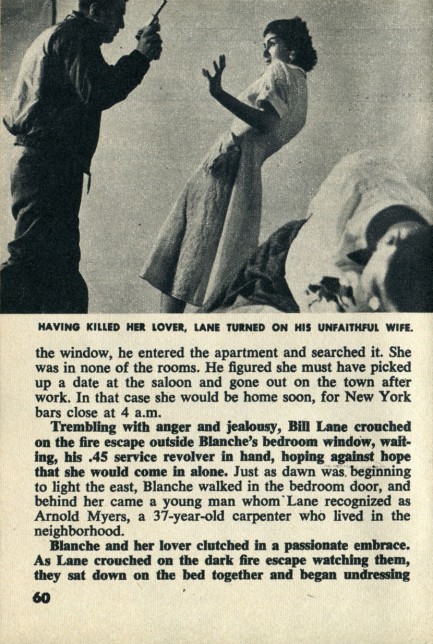 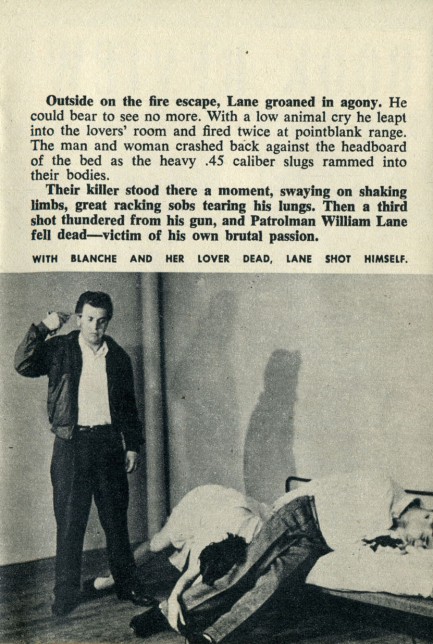 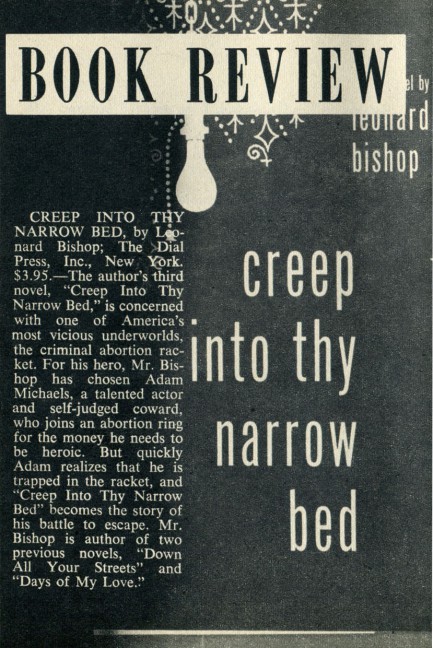 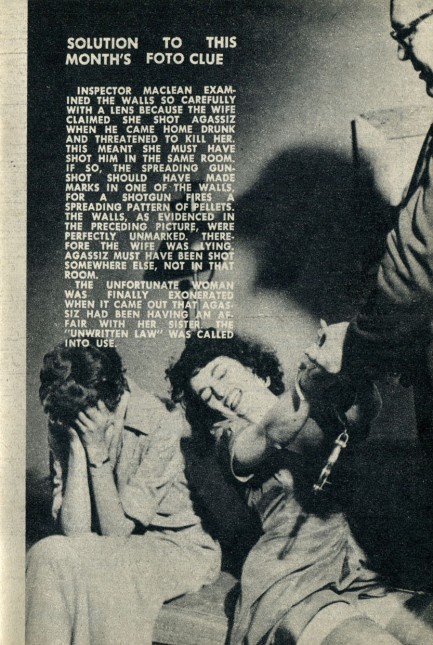 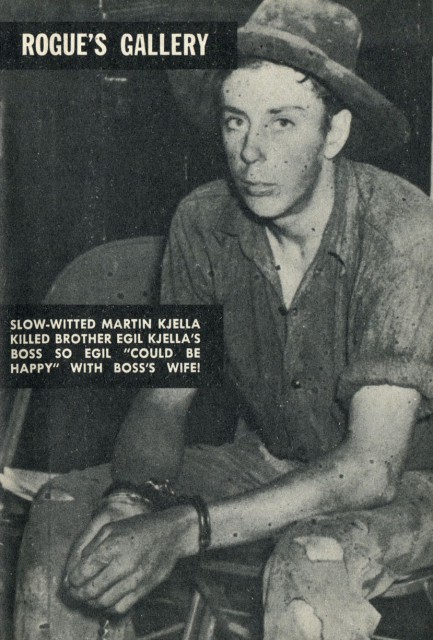 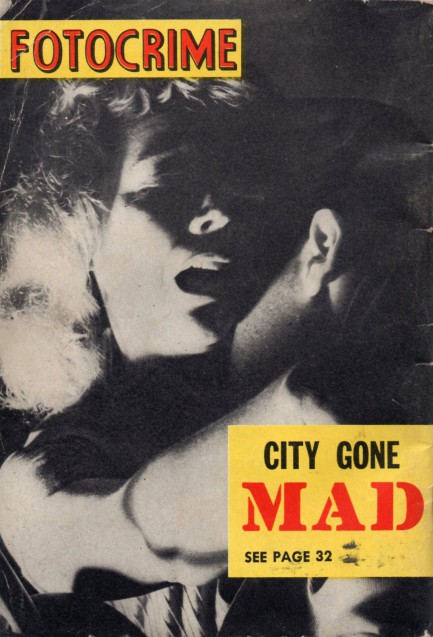
 Who were the people behind this magazine? They don't offer many clues. 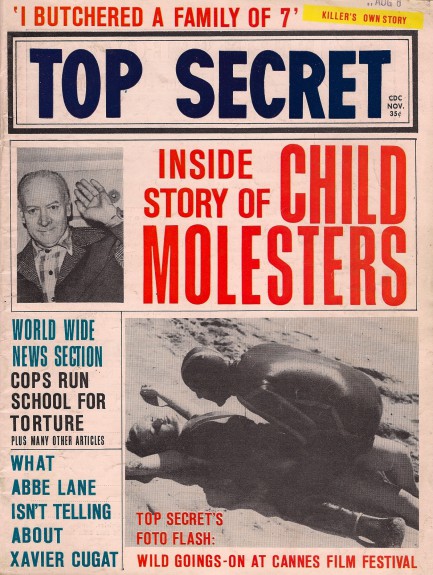
Top Secret fashioned itself a top tier tabloid, but one thing we’ve never liked about it is an inferior printing process that makes its interior images look like cheap dot matrix. We can’t tell you who to blame for that, though, because Top Secret was so secret it didn’t bother with masthead credits. At least not in the issues we’ve bought. Writers get by-lines, but editors and publishers do not so much as give a hint of their identities. Hell, our issues don’t even have publication dates, but we've discerned this one is from November 1964. Well, the backers might have been incognito but the methods were nothing unusual. One writer digs up dirt on Xavier Cugat and Abbe Lane, another tells the story of mass killer Jose Rosario Ramirez Camacho, another contributor delves into Tuesday Weld’s personal life, and a U.S. “heroin epidemic” is pinned on Chinese plotting to undermine democracy. Of special note, there’s a photo of Pamela Green (panel 18), whose weird transformation into Princess Sonmar-Harriks we shared a while back. Also, the photo of French actress Astrid Caron (in the bikini) looks familiar. That’s because we saw it in a different tabloid—this issue of Inside Story—unattributed and used for a piece about suntan lotions. It shows how these magazines used handout photos for whatever purposes they saw fit. Also, Top Secret publishes an open letter to America entitled A Homosexual Pleads—Why Don’t You Leave Us Alone! You’d be forgiven for expecting something ridiculous from a mid-century tabloid, but this piece credited to an anonymous writer is smart and serious. It enumerates the injustices gay men face, from housing discrimination to military disenfranchisement, and feels like it could have been written yesterday. Scans below. 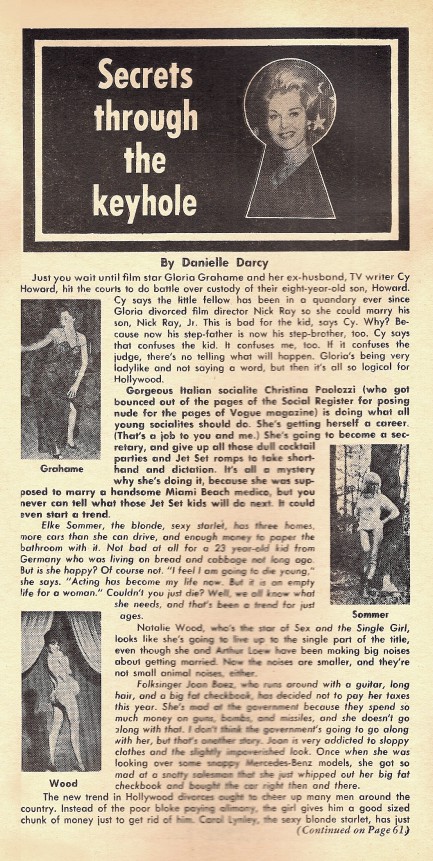 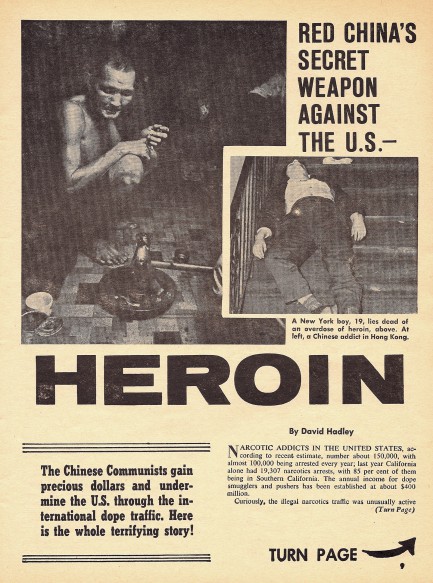 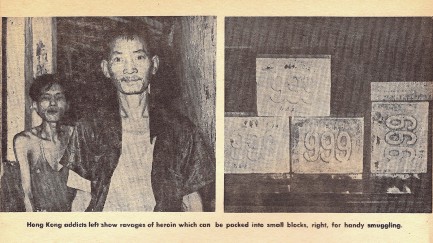 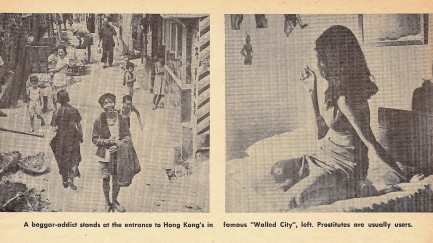 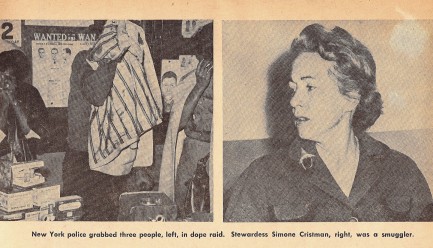 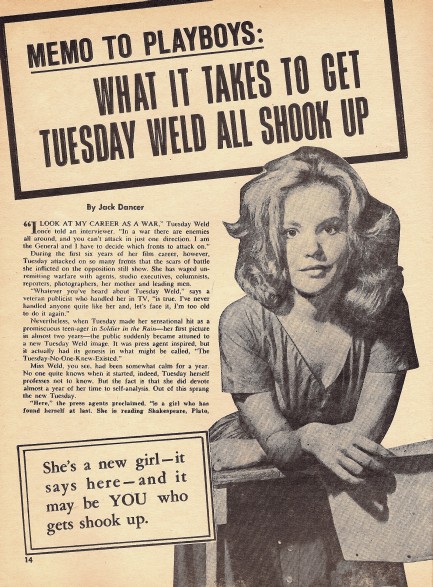 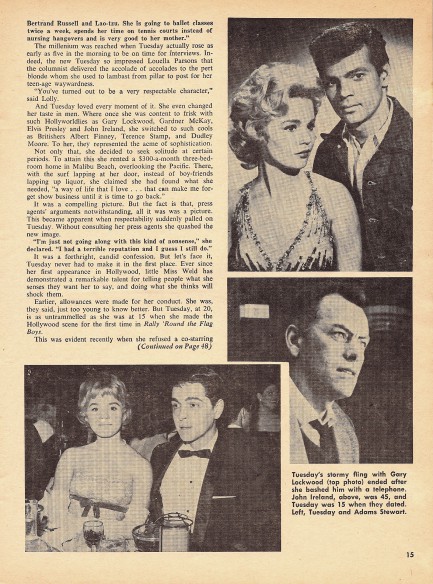 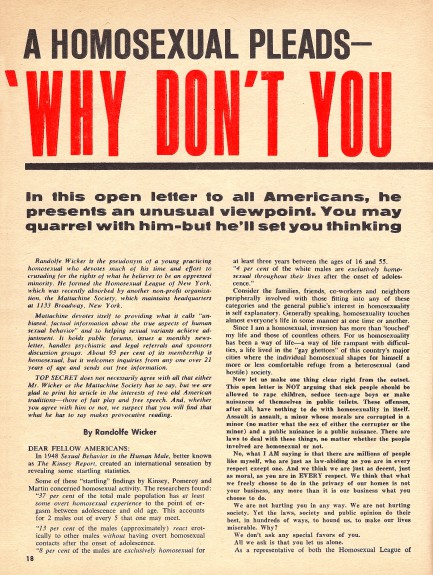 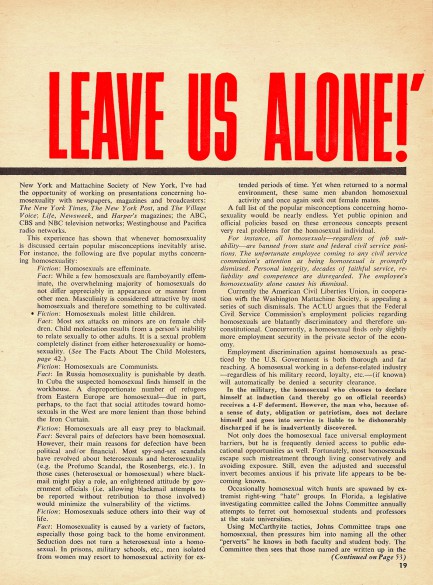 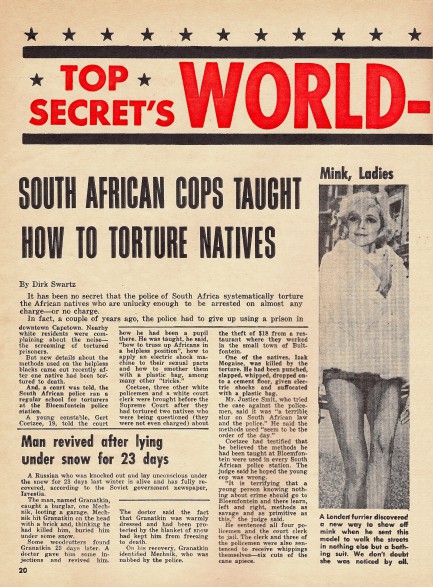 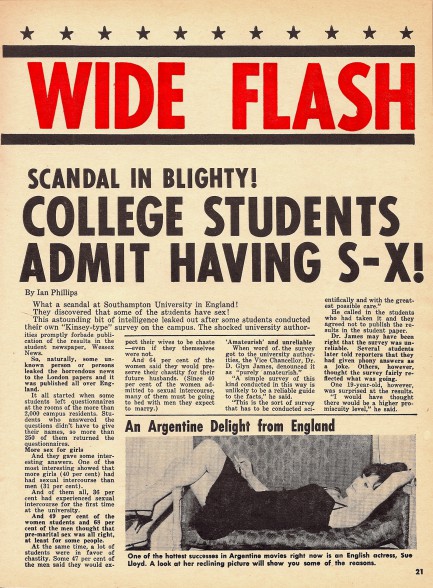 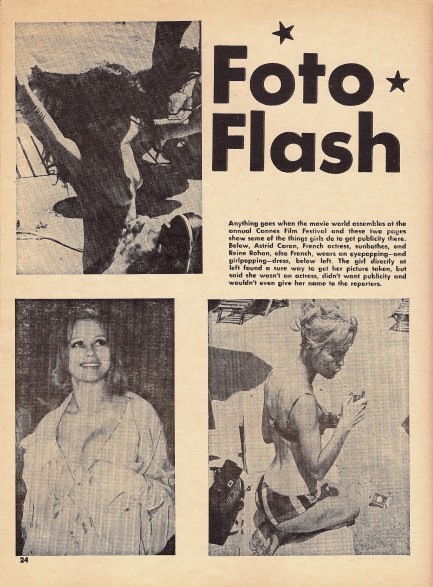 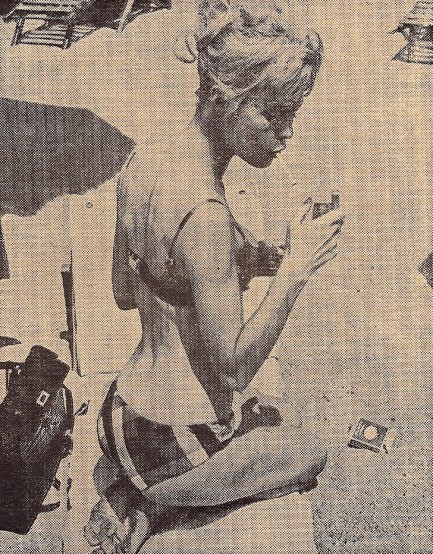 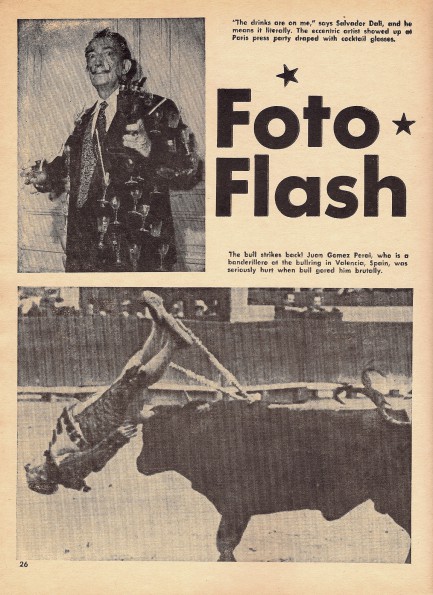  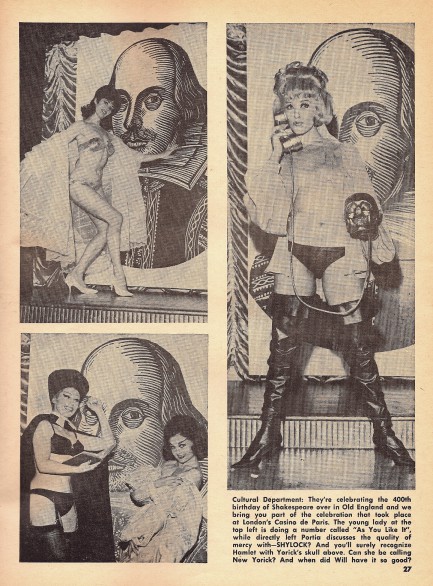 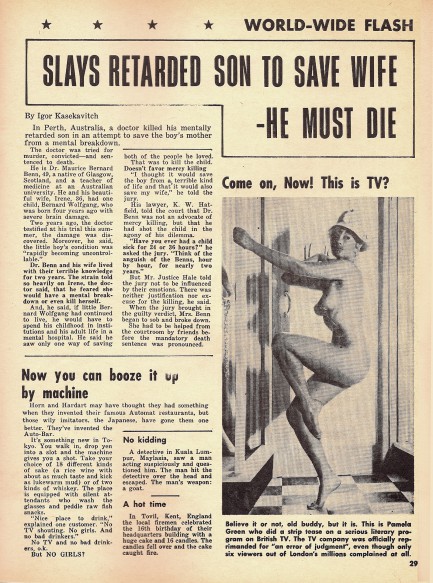  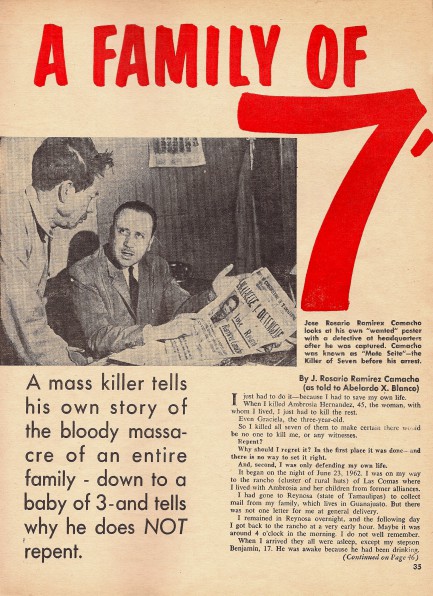 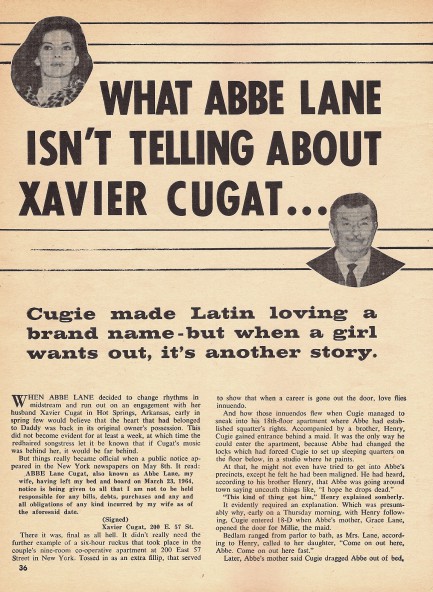 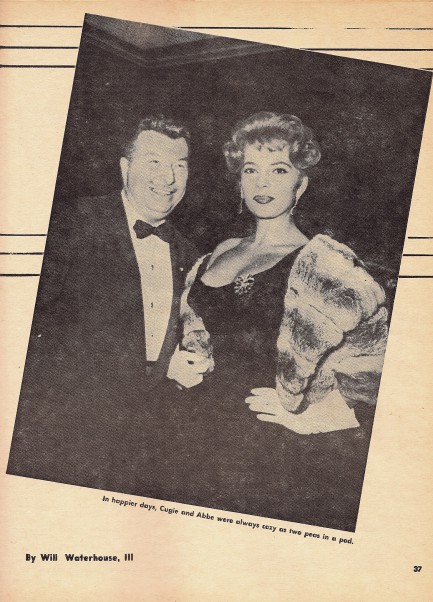 
 |  |
|
 |

The headlines that mattered yesteryear.
1923—Yankee Stadium Opens
In New York City, Yankee Stadium, home of Major League Baseball's New York Yankees, opens with the Yankees beating their eternal rivals the Boston Red Sox 4 to 1. The stadium, which is nicknamed The House that Ruth Built, sees the Yankees become the most successful franchise in baseball history. It is eventually replaced by a new Yankee Stadium and closes in September 2008. 1961—Bay of Pigs Invasion Is Launched
A group of CIA financed and trained Cuban refugees lands at the Bay of Pigs in southern Cuba with the aim of ousting Fidel Castro. However, the invasion fails badly and the result is embarrassment for U.S. president John F. Kennedy and a major boost in popularity for Fidel Castro, and also has the effect of pushing him toward the Soviet Union for protection. 1943—First LSD Trip Takes Place
Swiss scientist Albert Hofmann, while working at Sandoz Laboratories in Basel, accidentally absorbs lysergic acid diethylamide, better known as LSD, and thus discovers its psychedelic properties. He had first synthesized the substance five years earlier but hadn't been aware of its effects. He goes on to write scores of articles and books about his creation.
|

|
|

It's easy. We have an uploader that makes it a snap. Use it to submit your art, text, header, and subhead. Your post can be funny, serious, or anything in between, as long as it's vintage pulp. You'll get a byline and experience the fleeting pride of free authorship. We'll edit your post for typos, but the rest is up to you. Click here to give us your best shot.

|
|

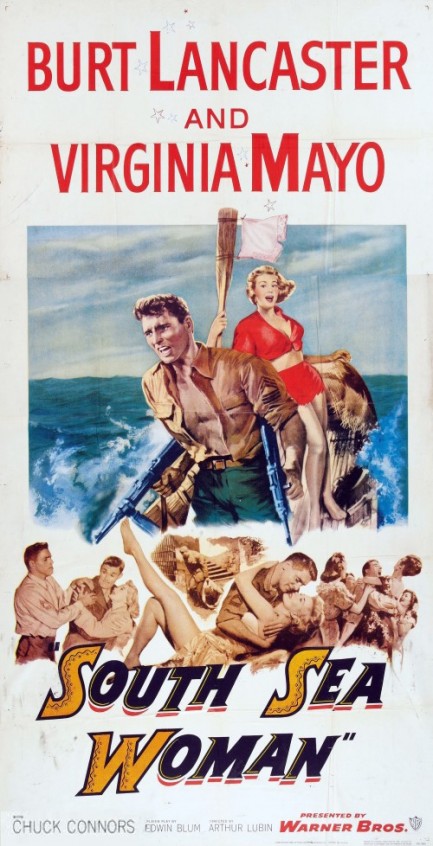
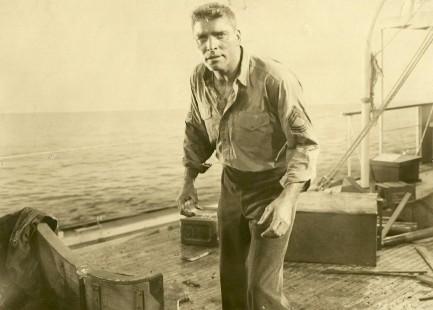

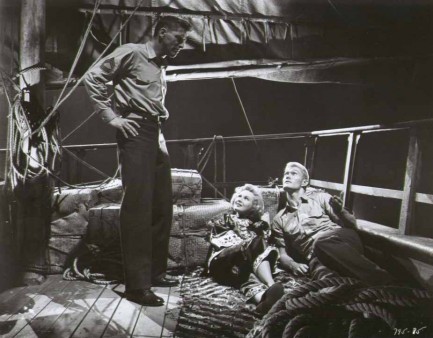
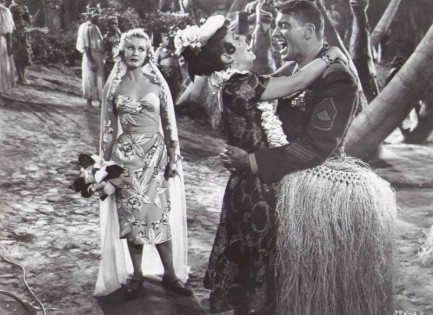
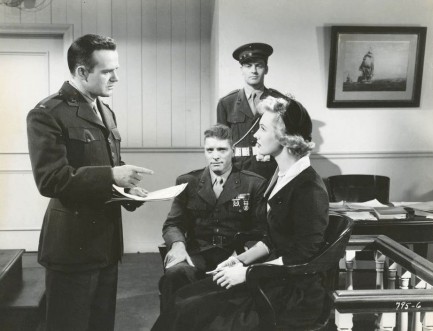








































 hide isn't really new. The pigs may be getting the better deal, though. They get to root around in mud and slop to their heart's content until they die of old age. Steiner still presumably has to earn a living a somehow. He probably should have had the pigs' lawyer negotiate his agreement.
hide isn't really new. The pigs may be getting the better deal, though. They get to root around in mud and slop to their heart's content until they die of old age. Steiner still presumably has to earn a living a somehow. He probably should have had the pigs' lawyer negotiate his agreement.


























